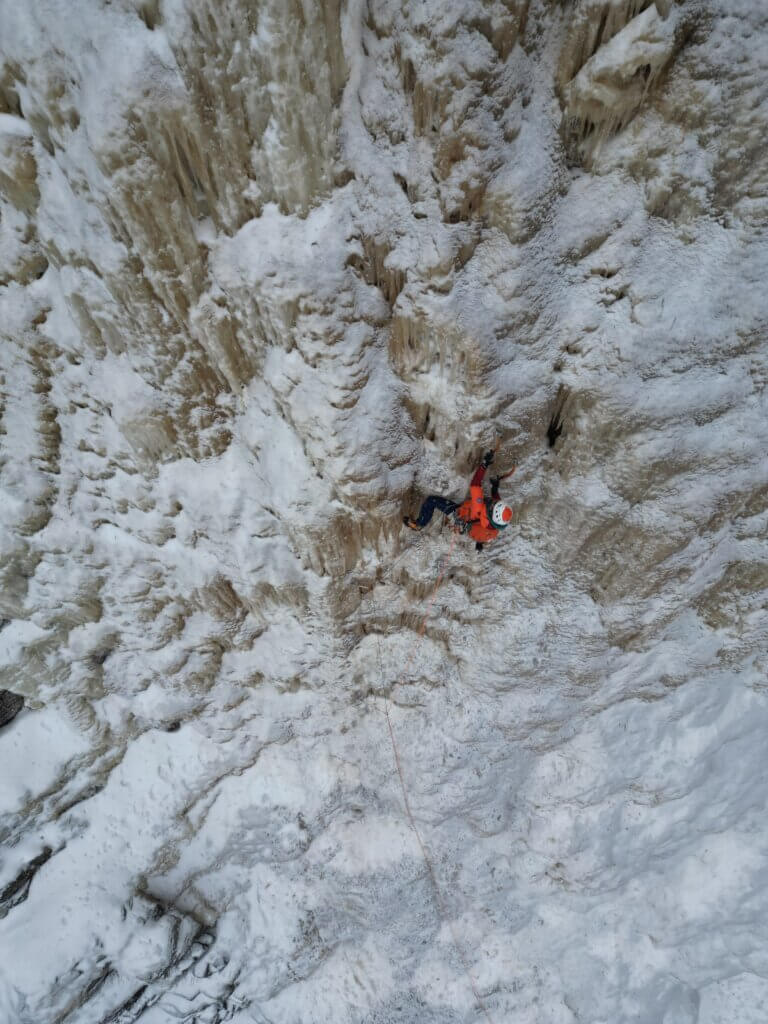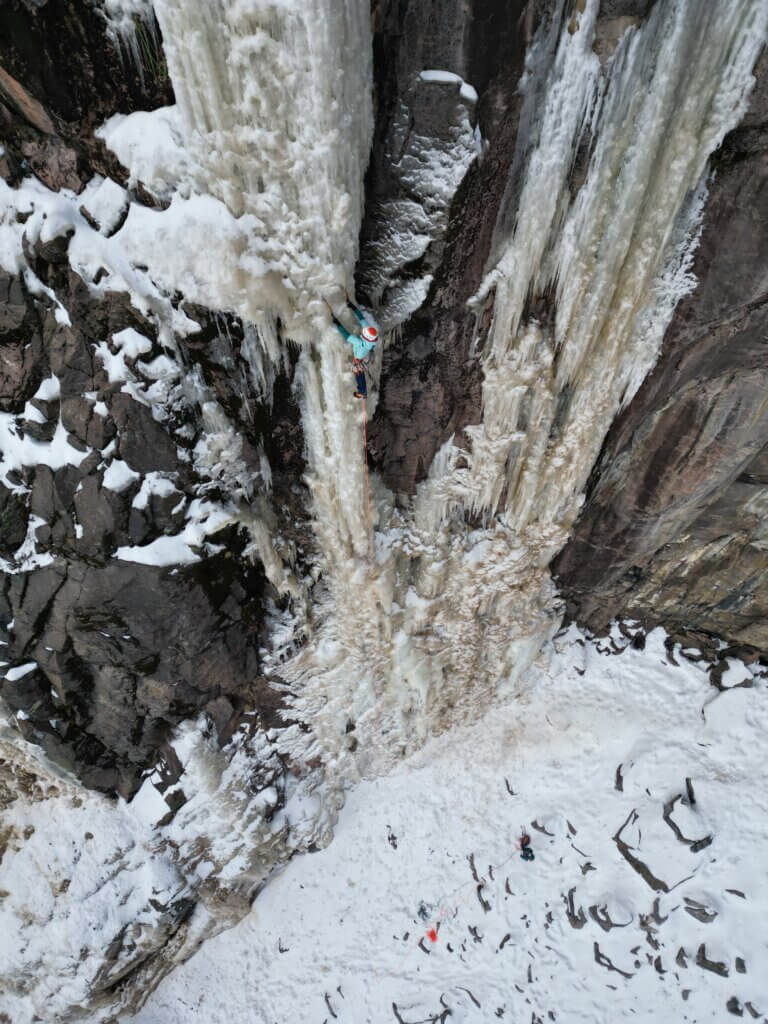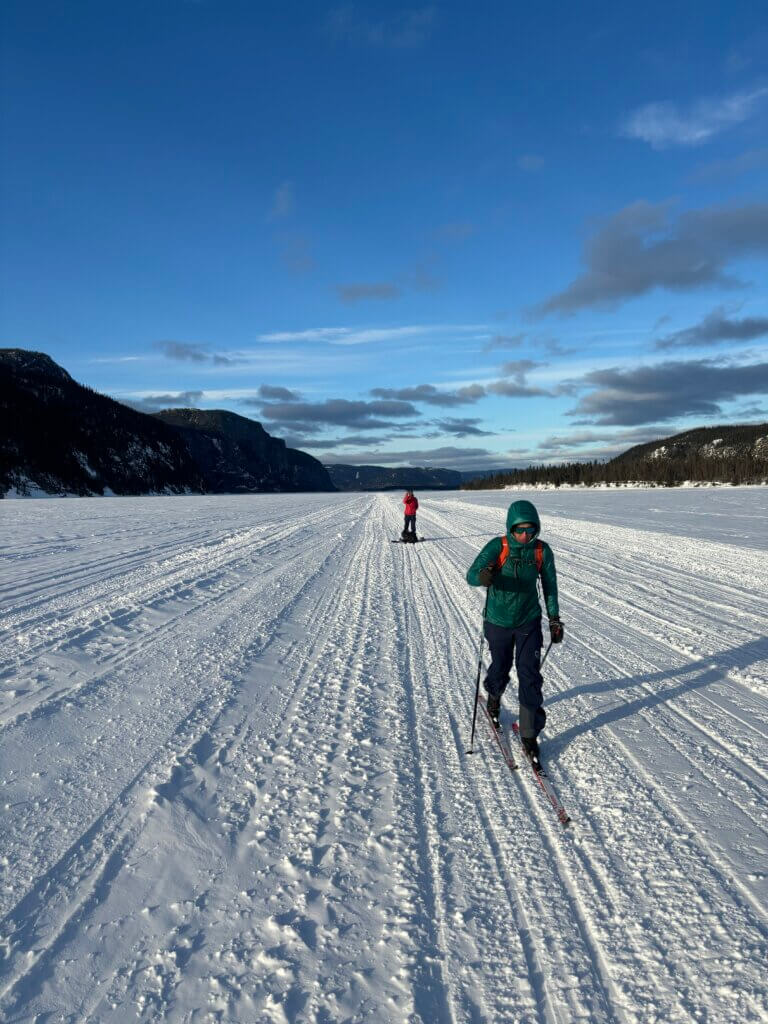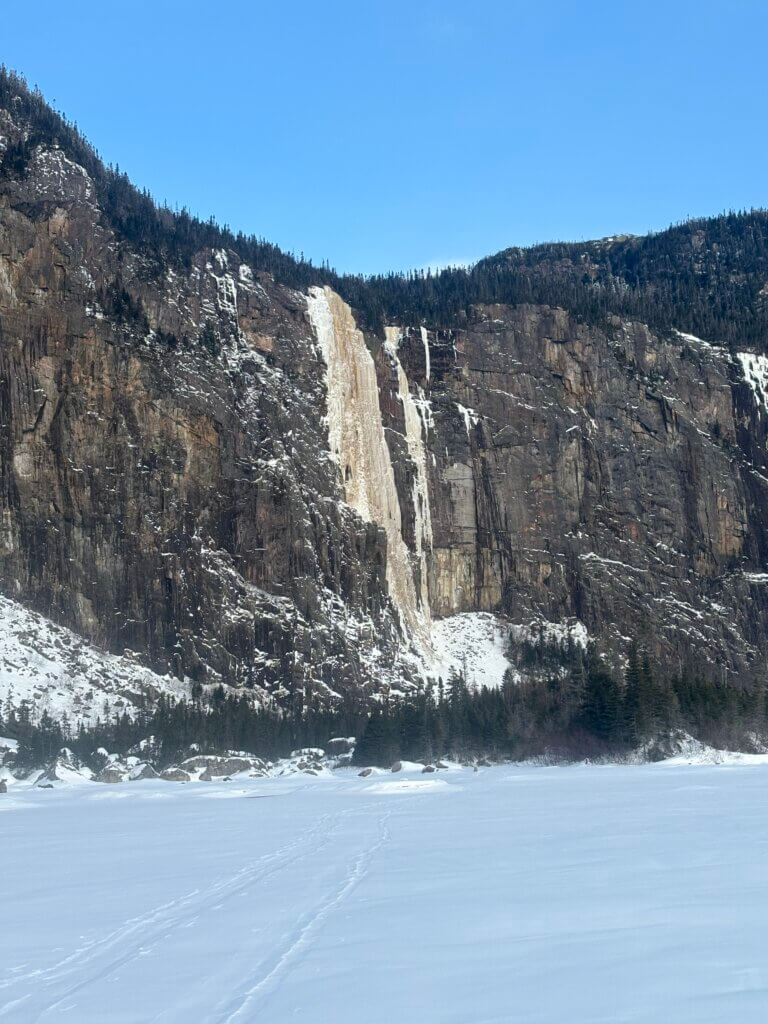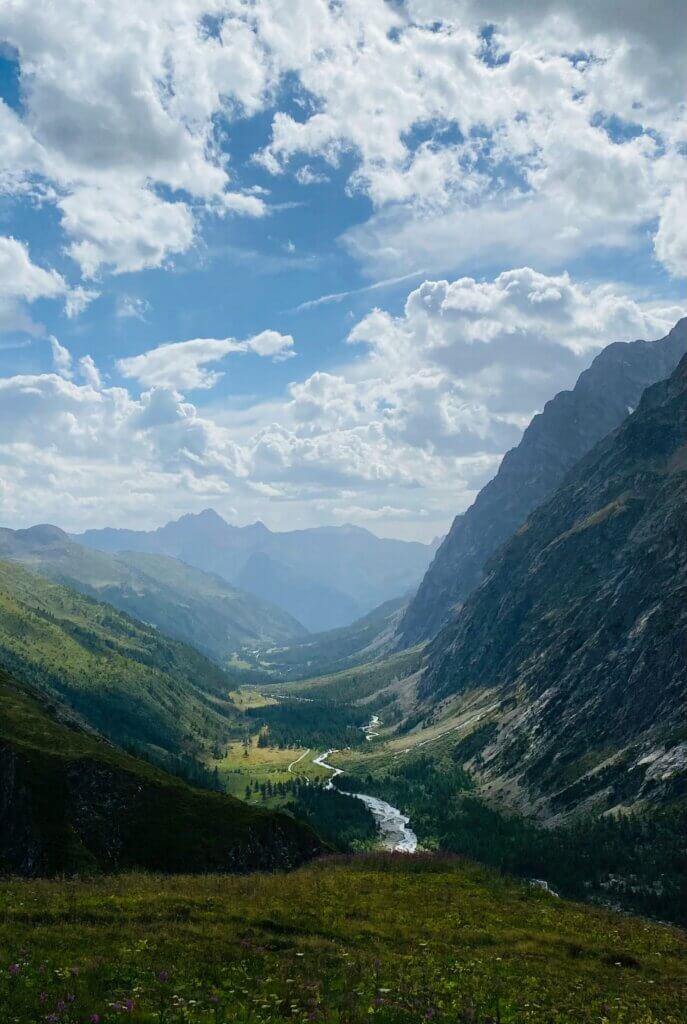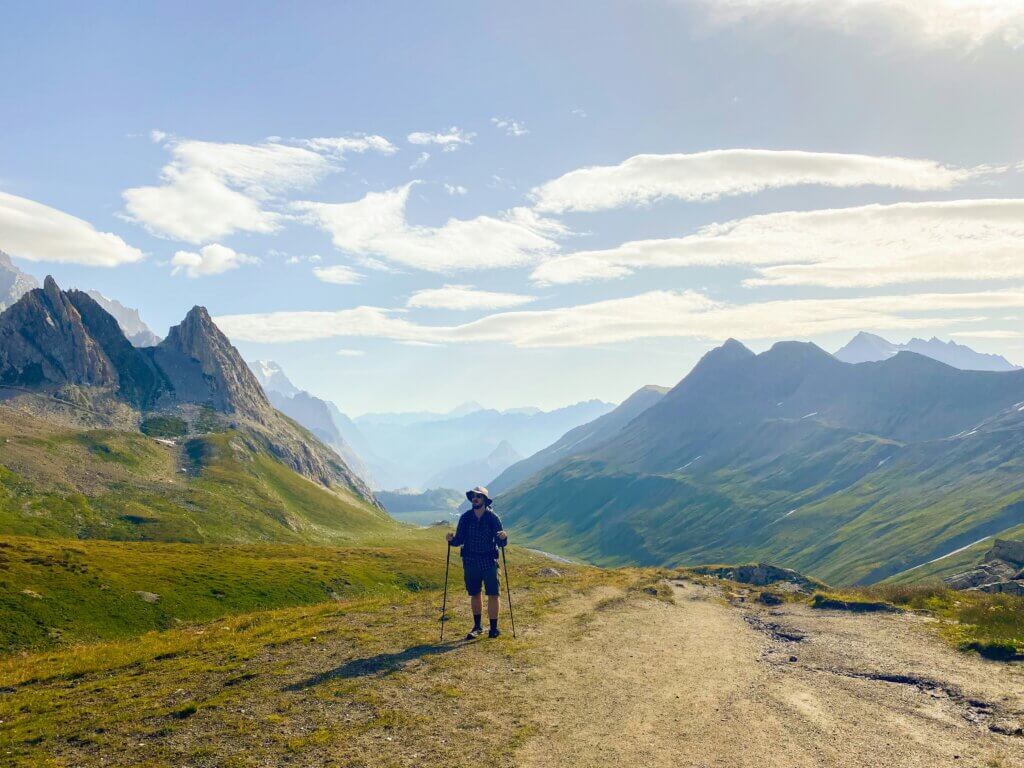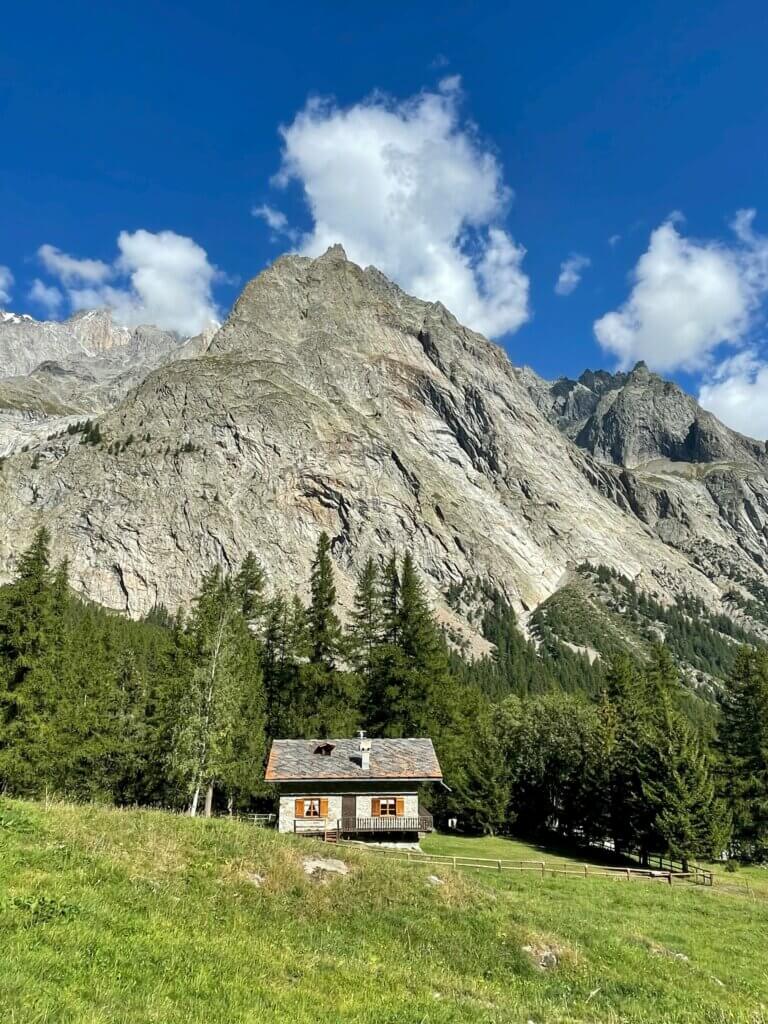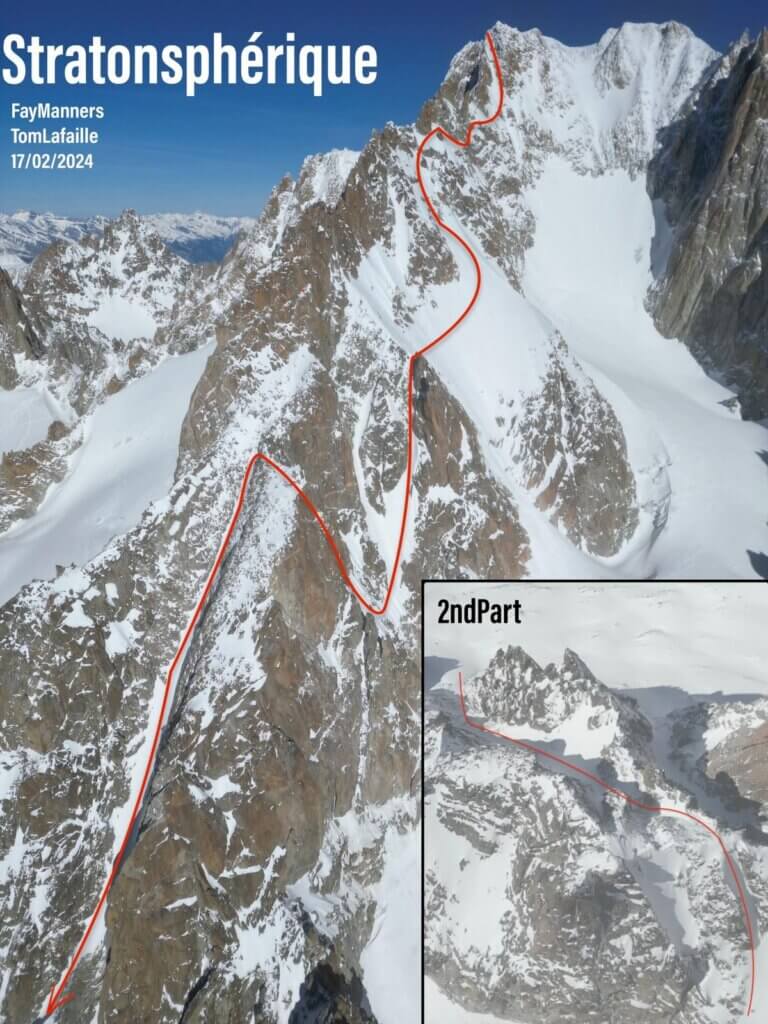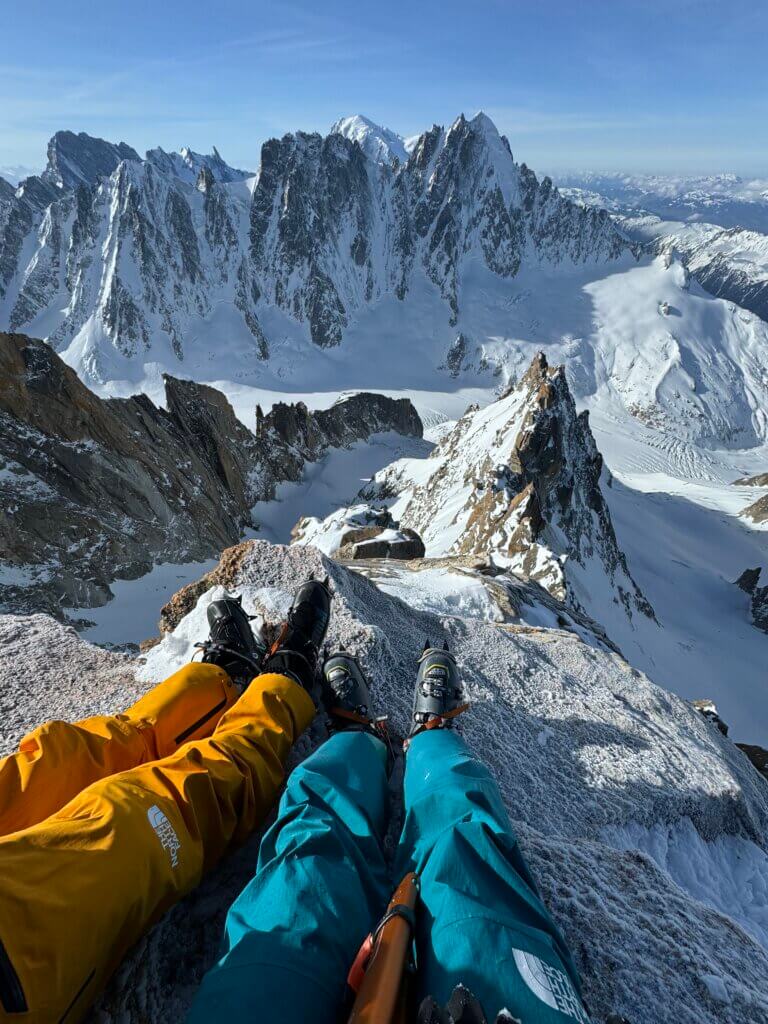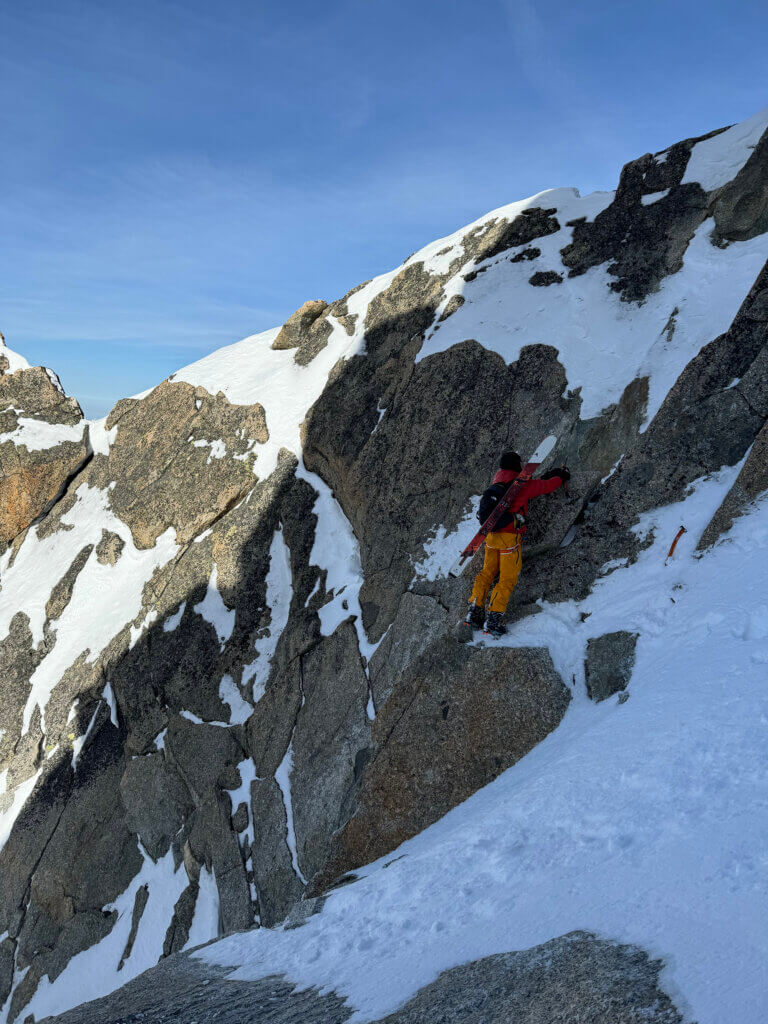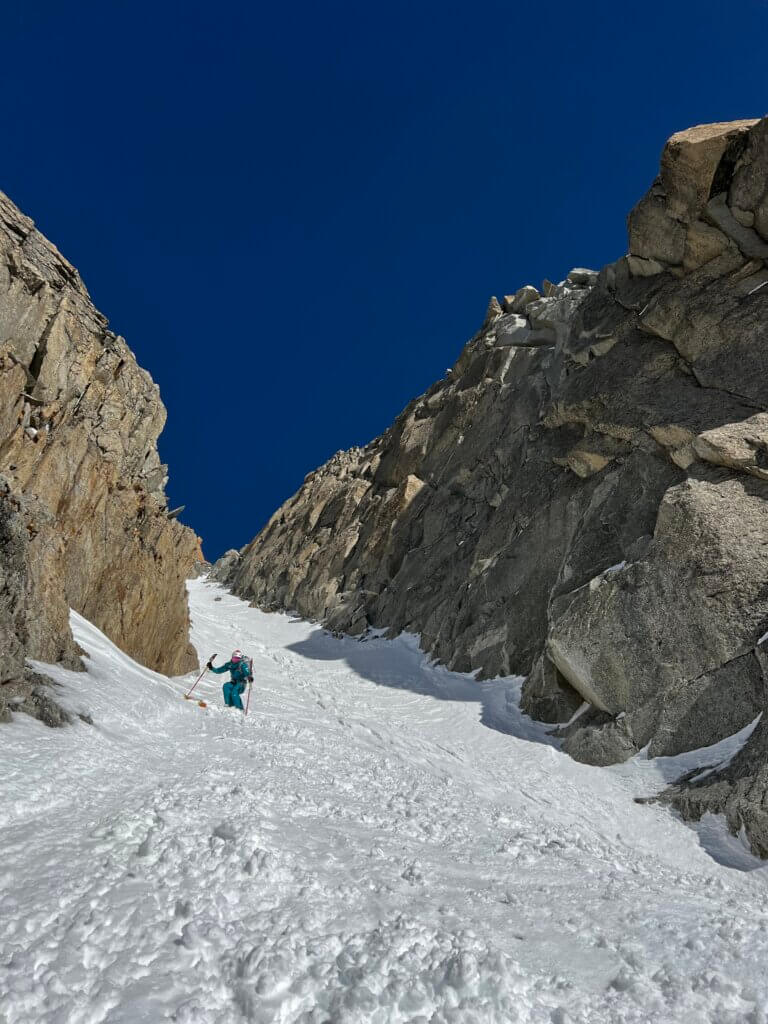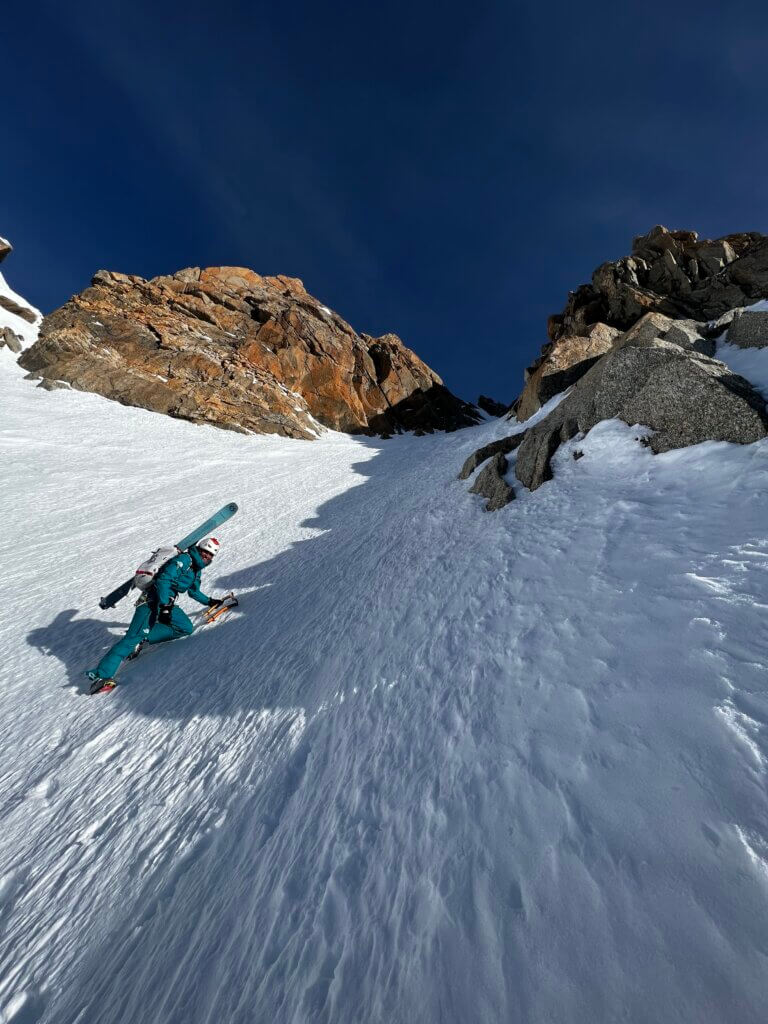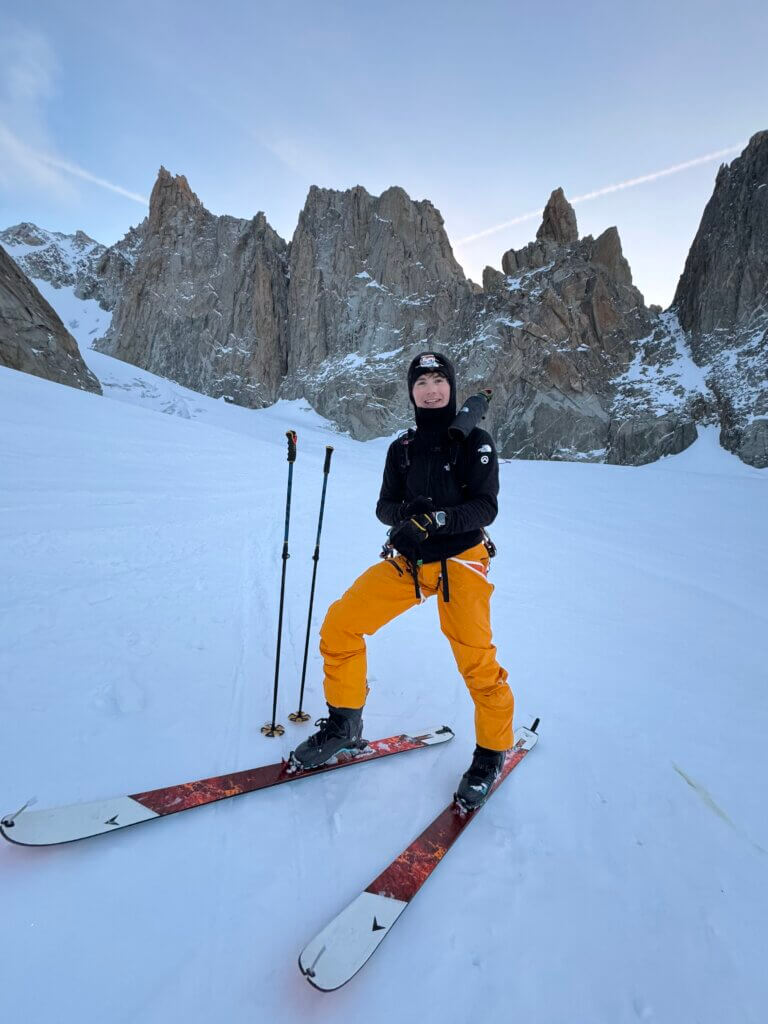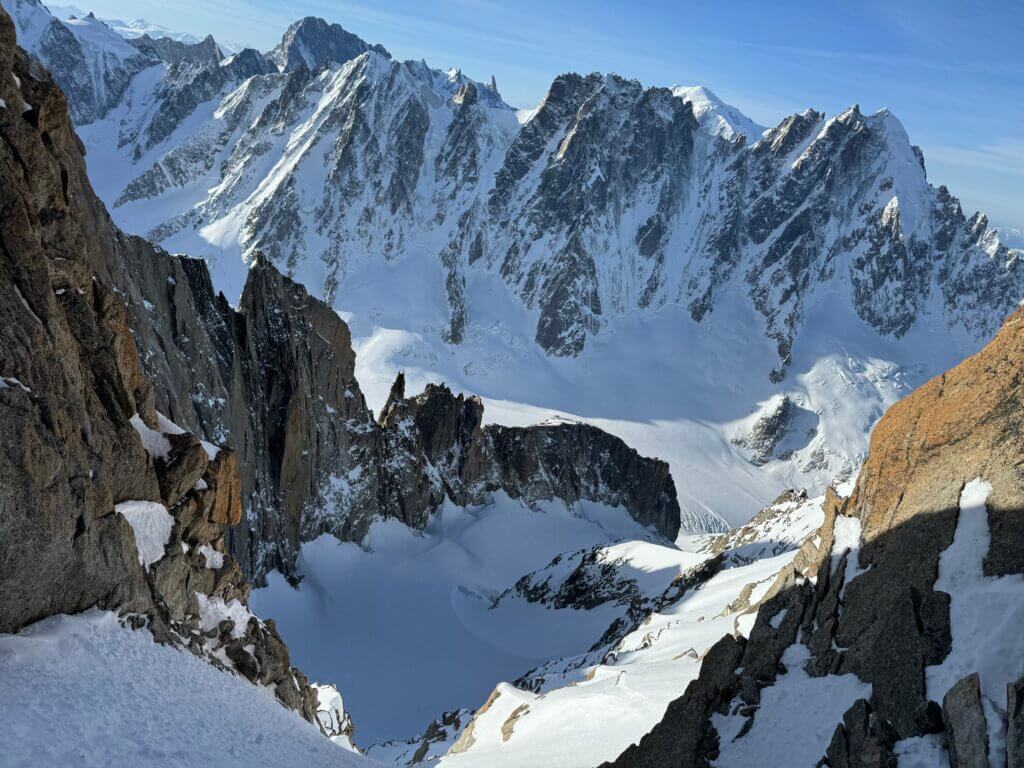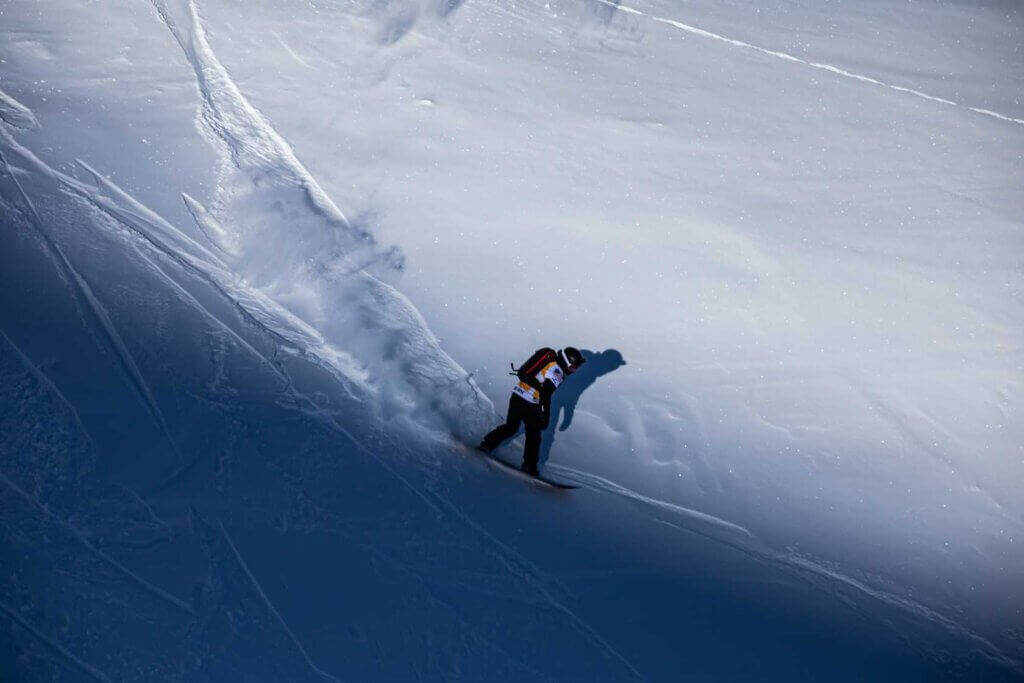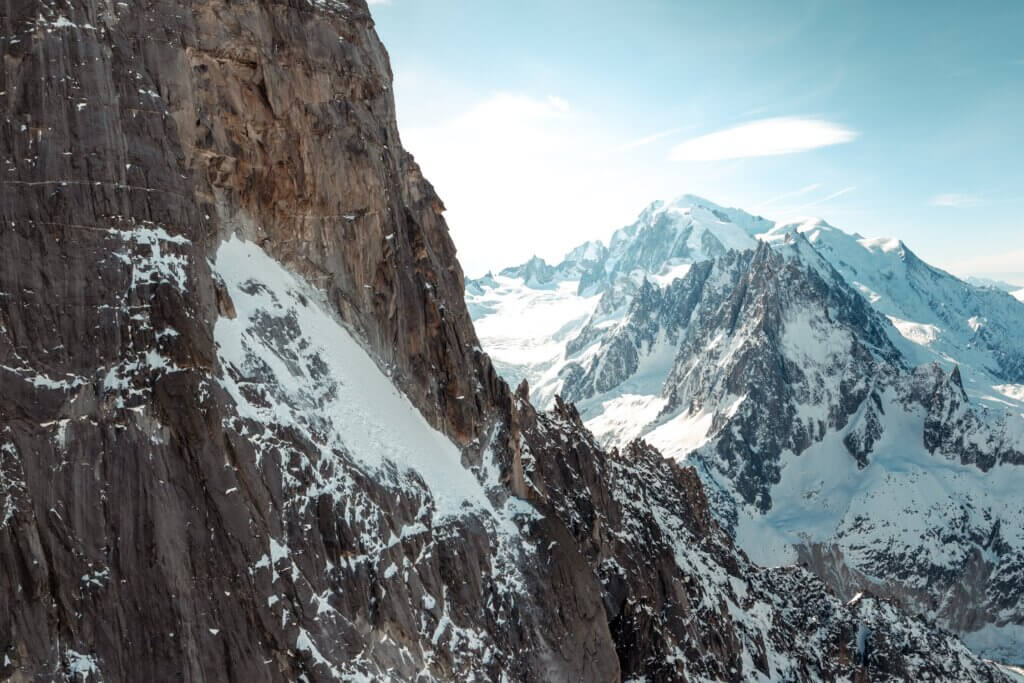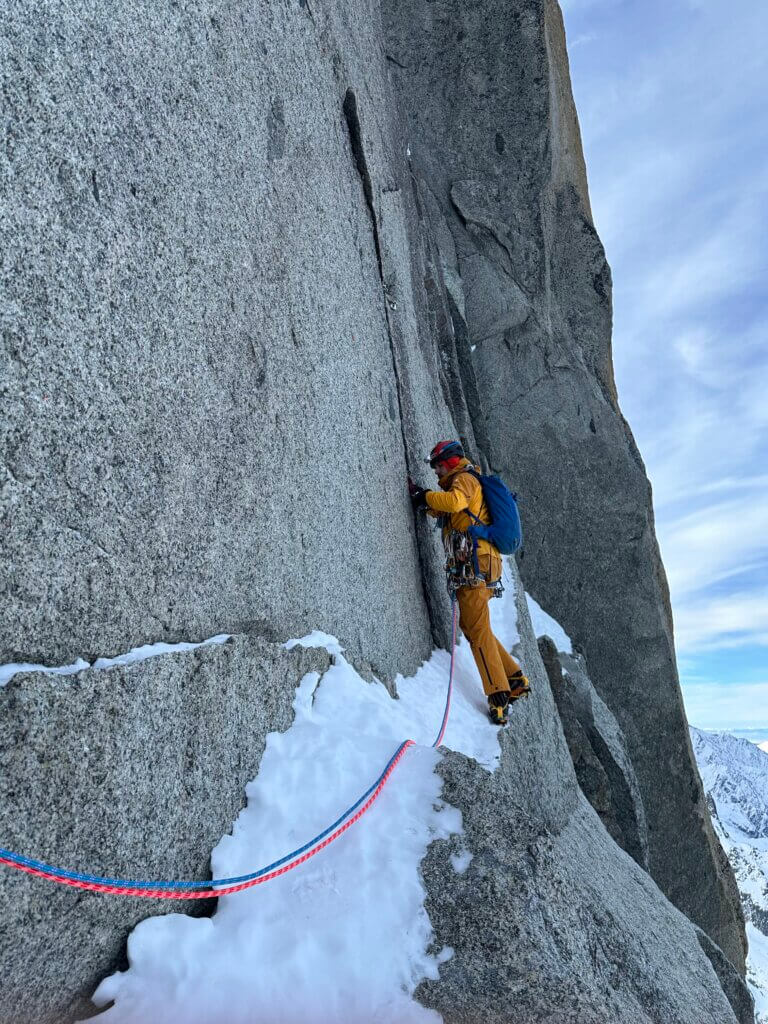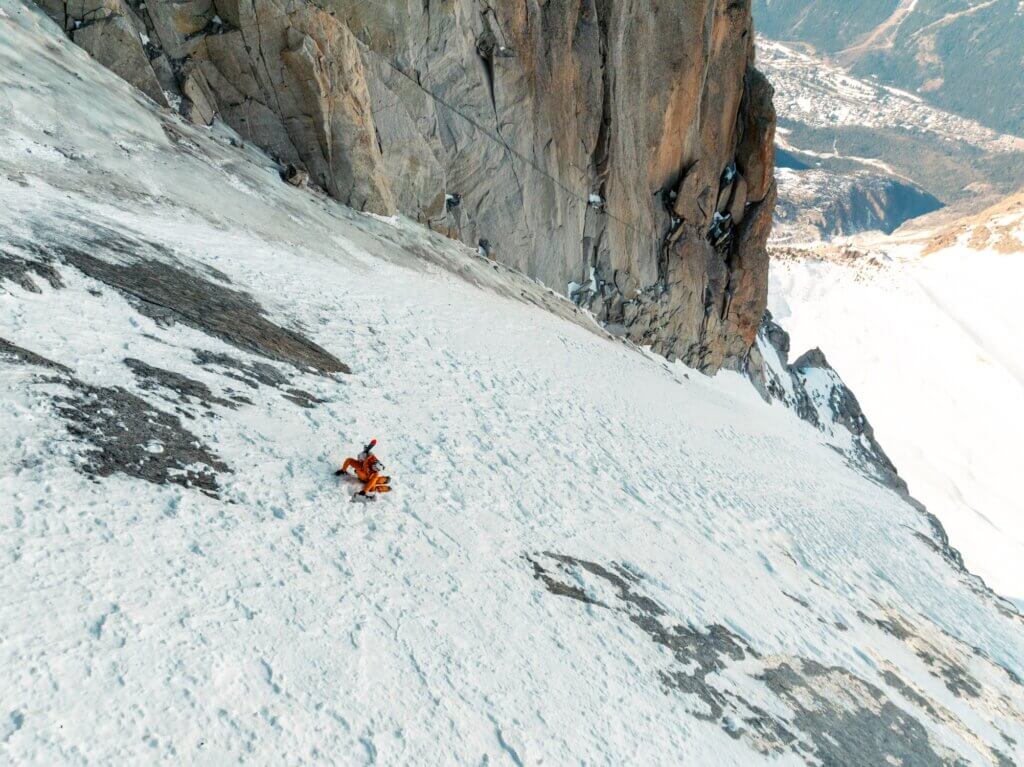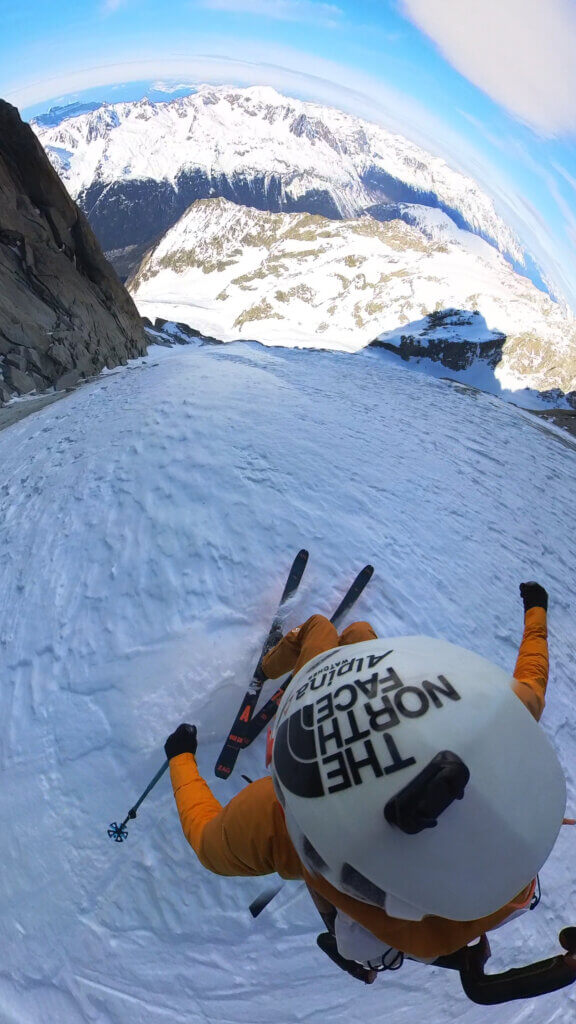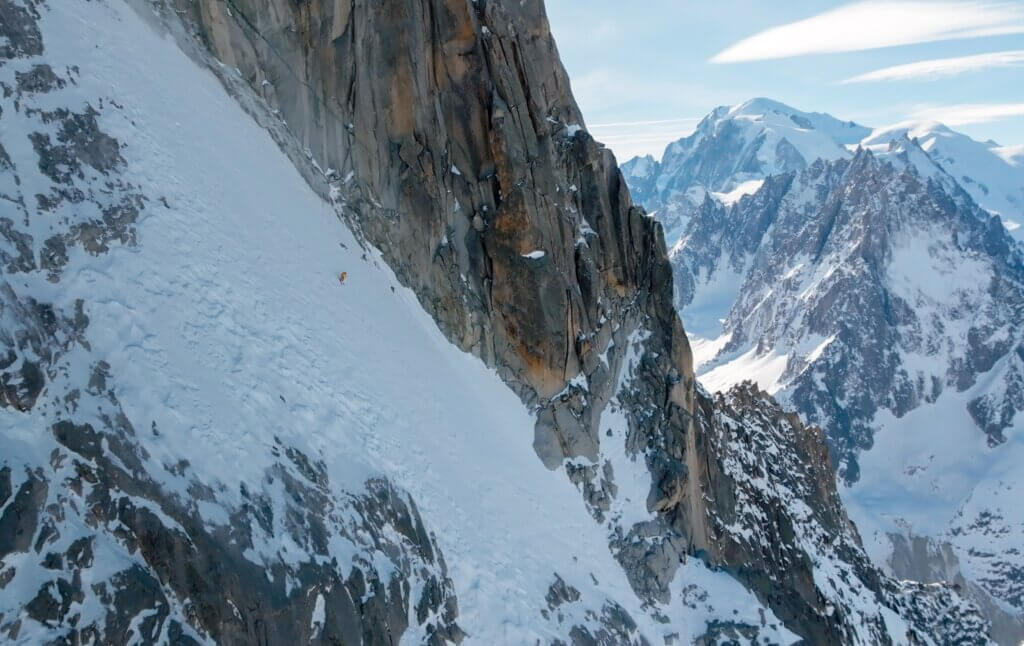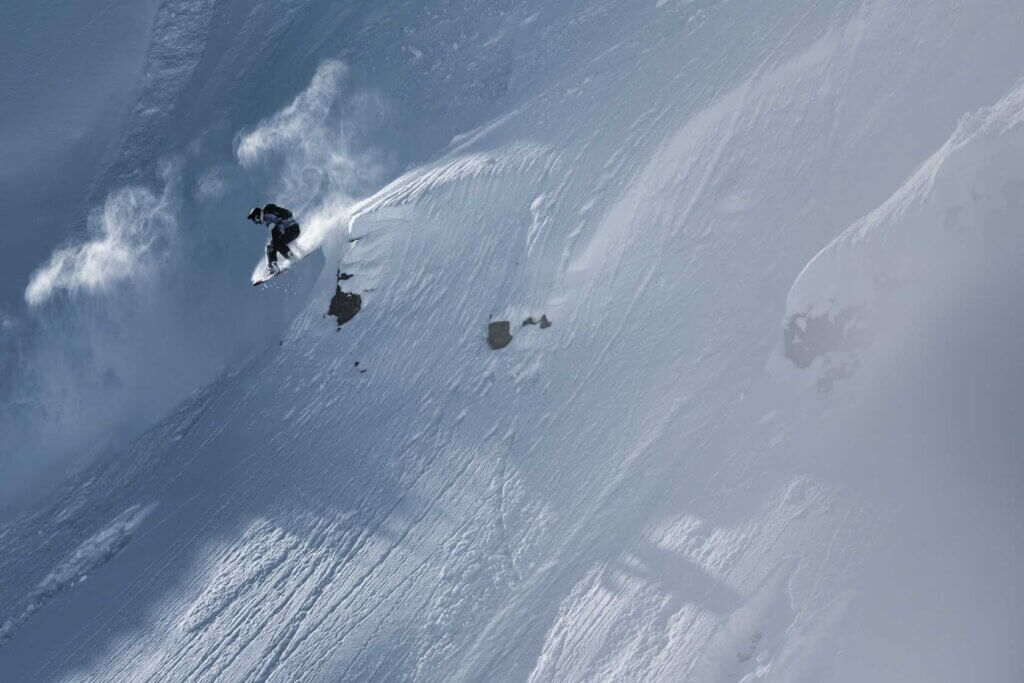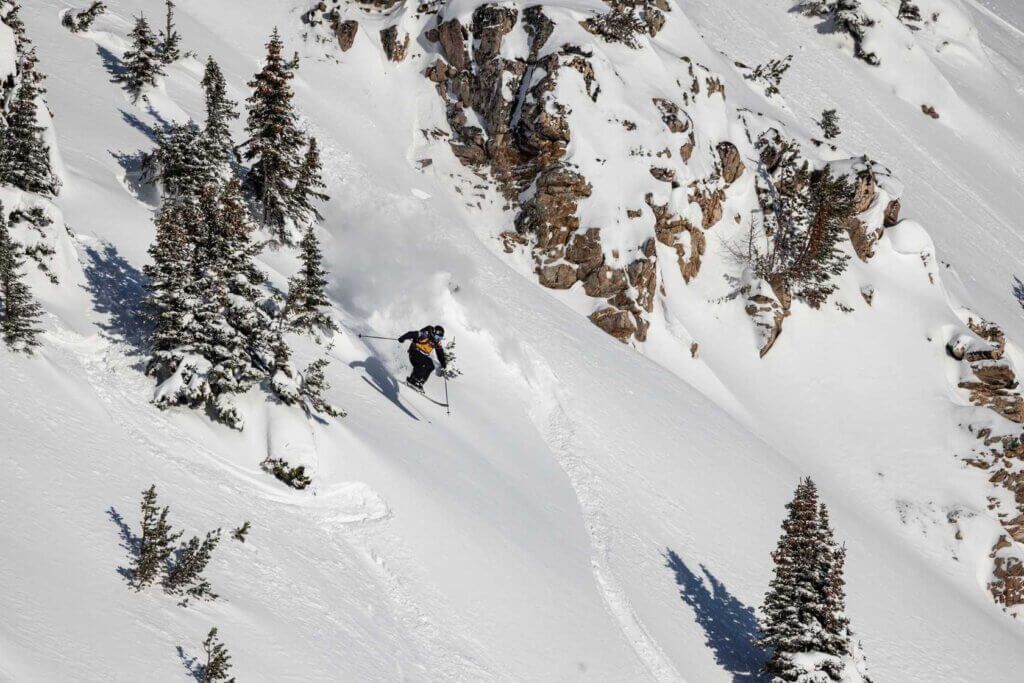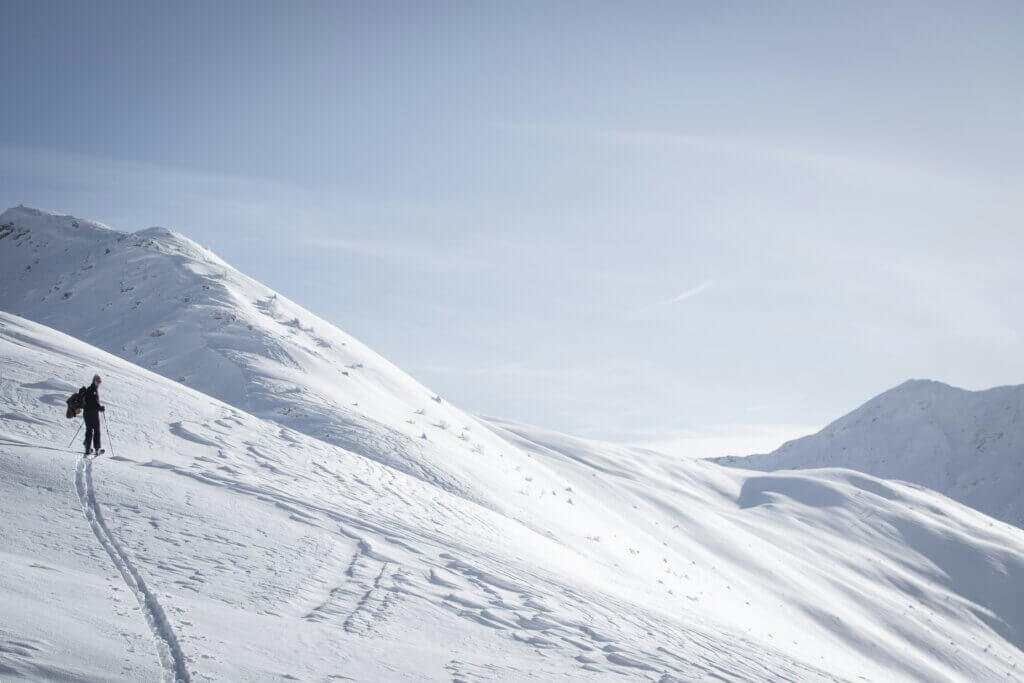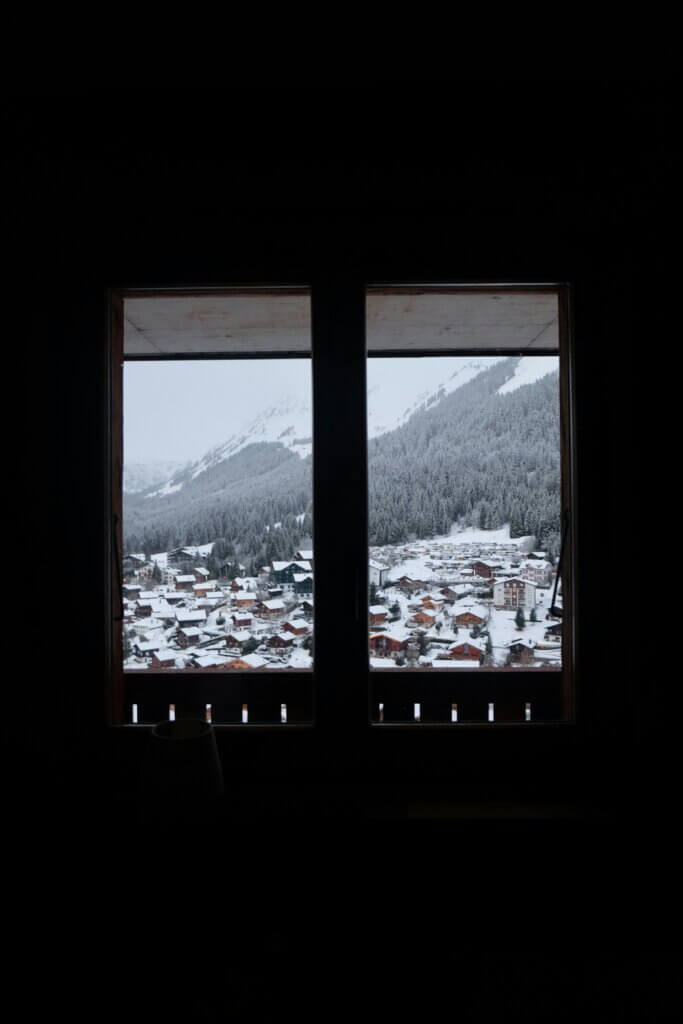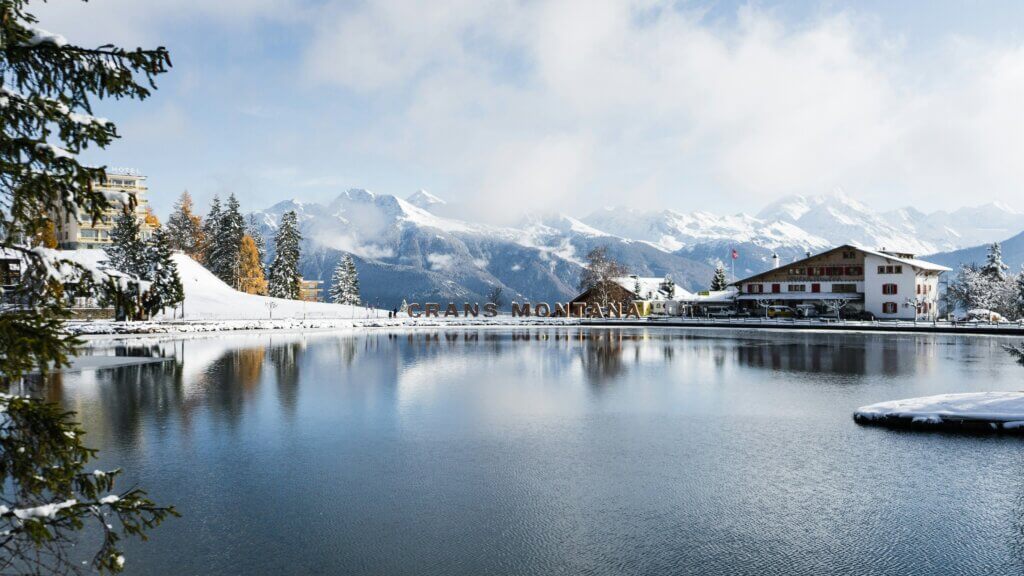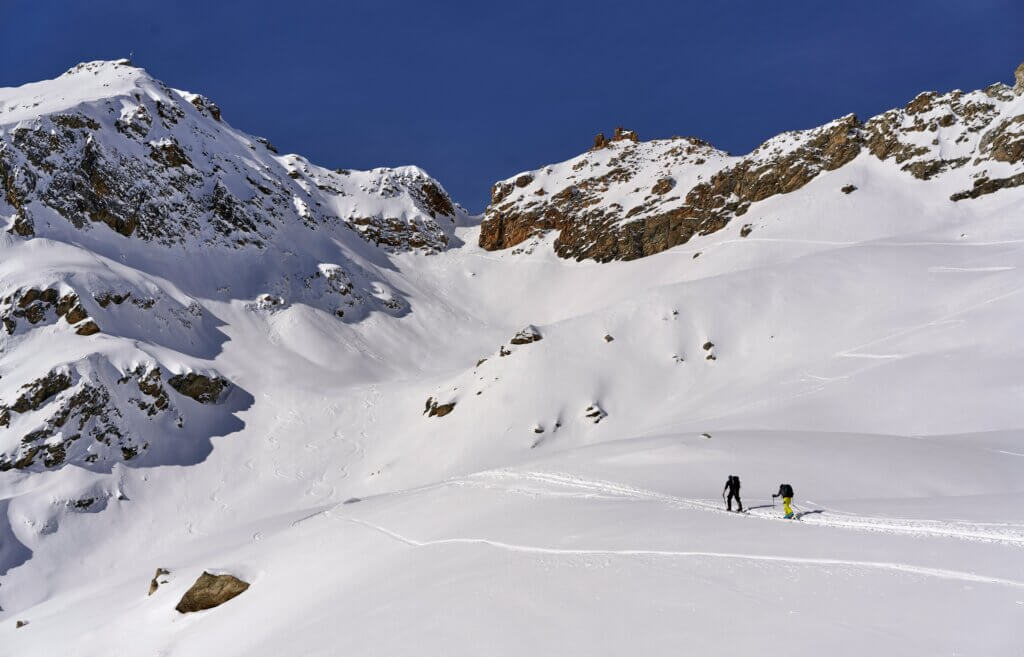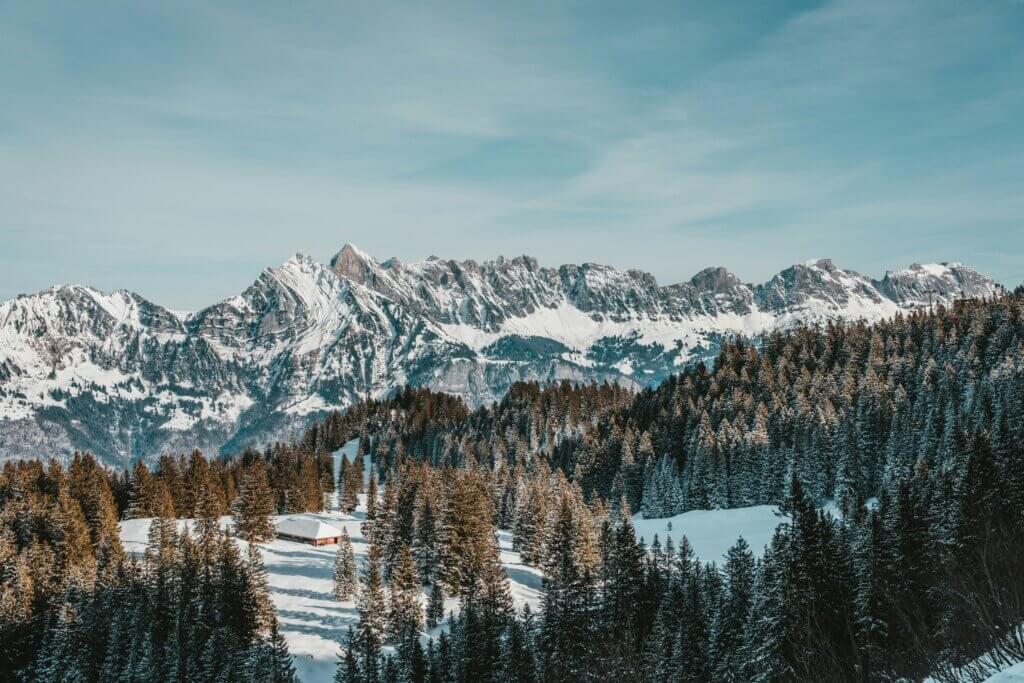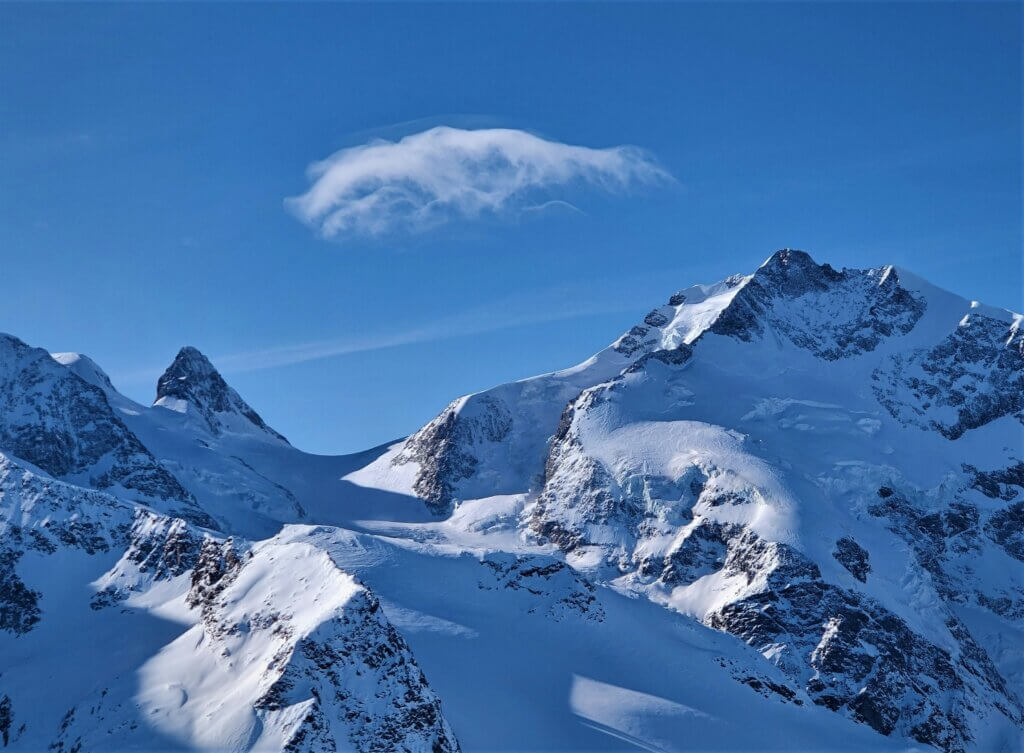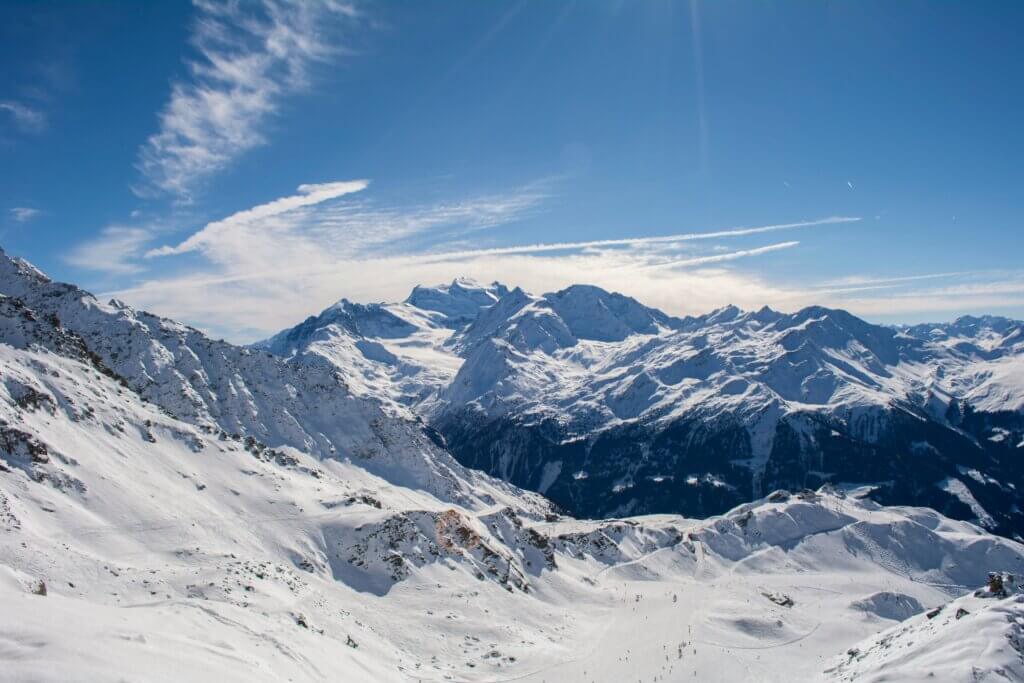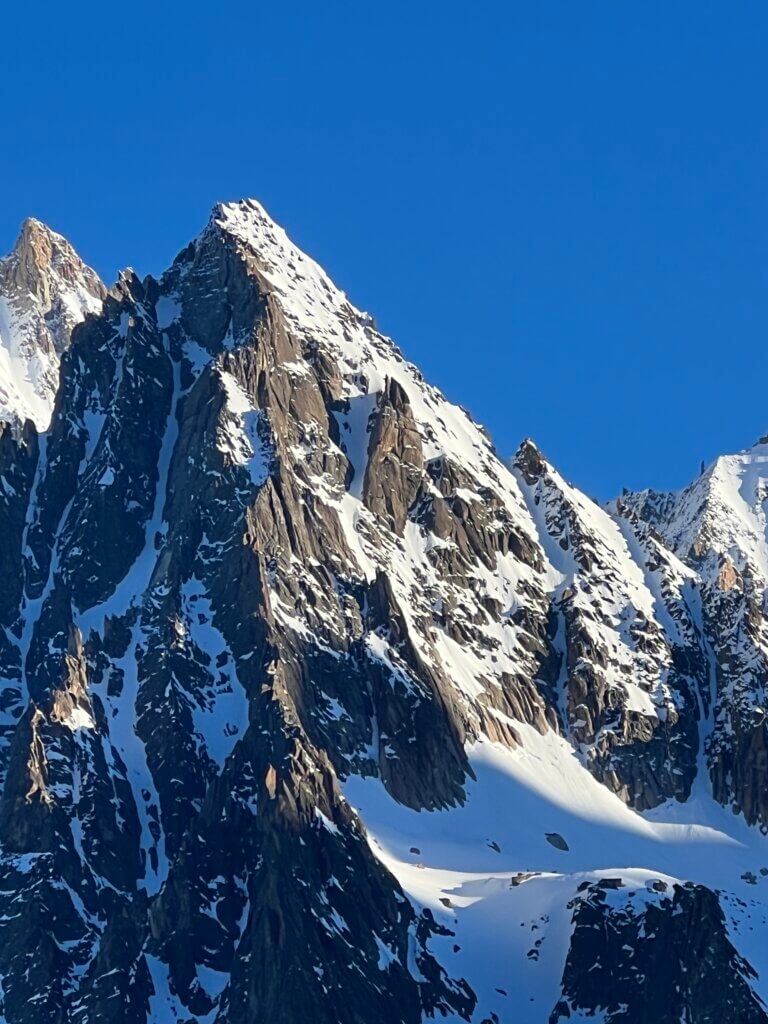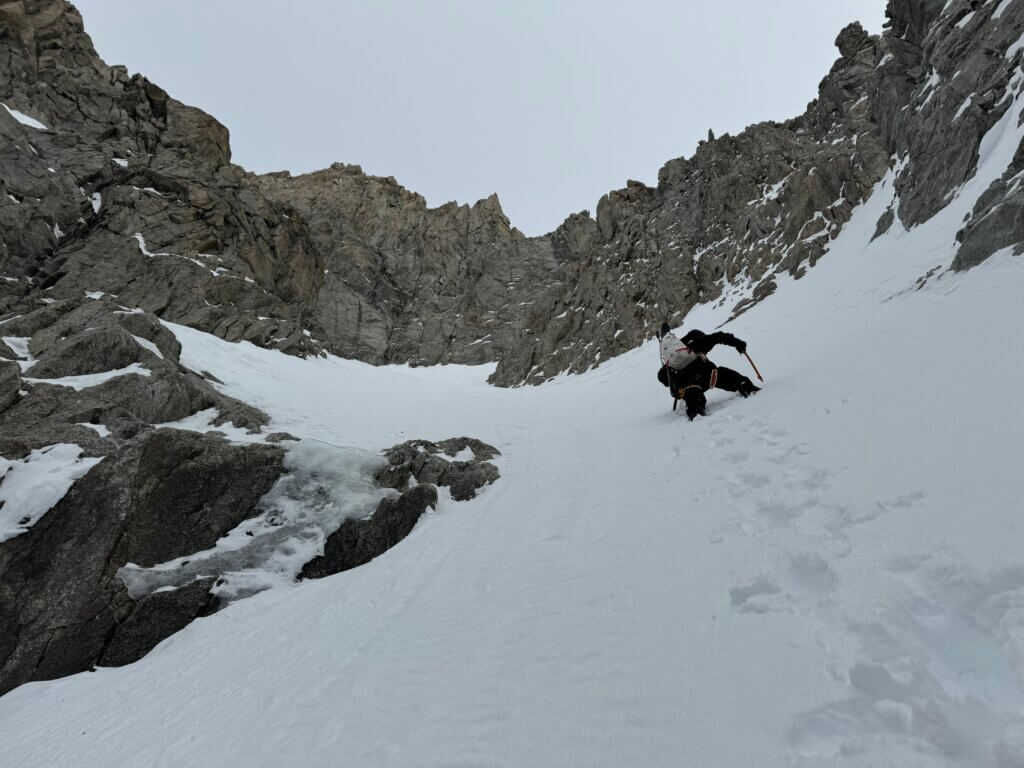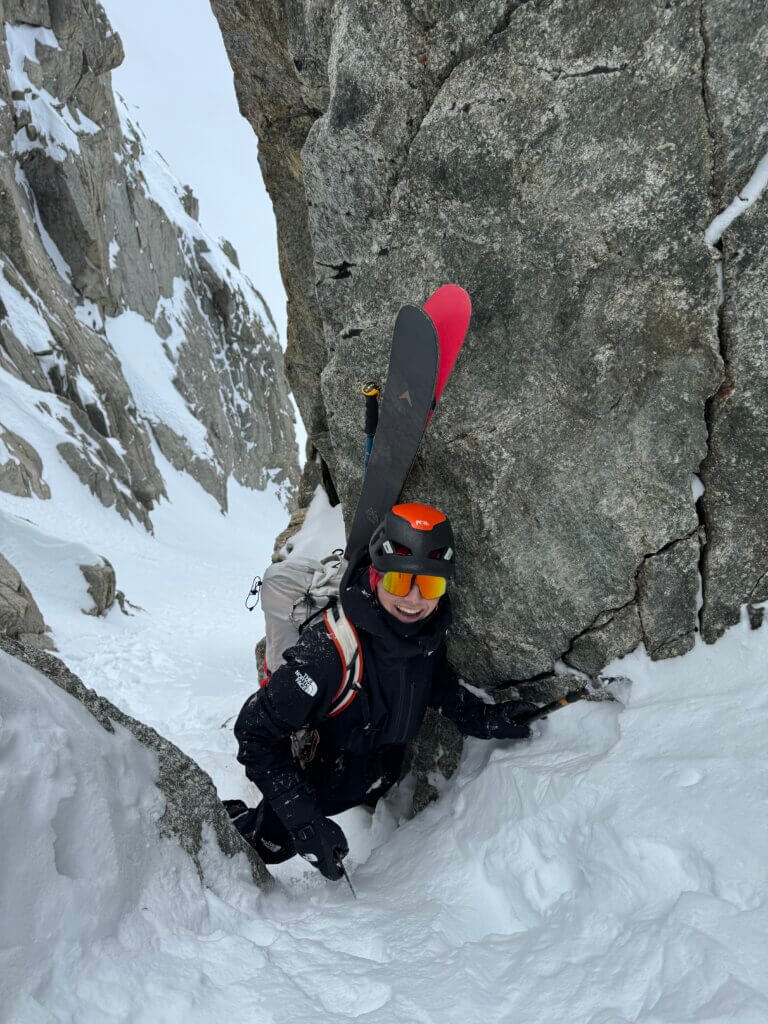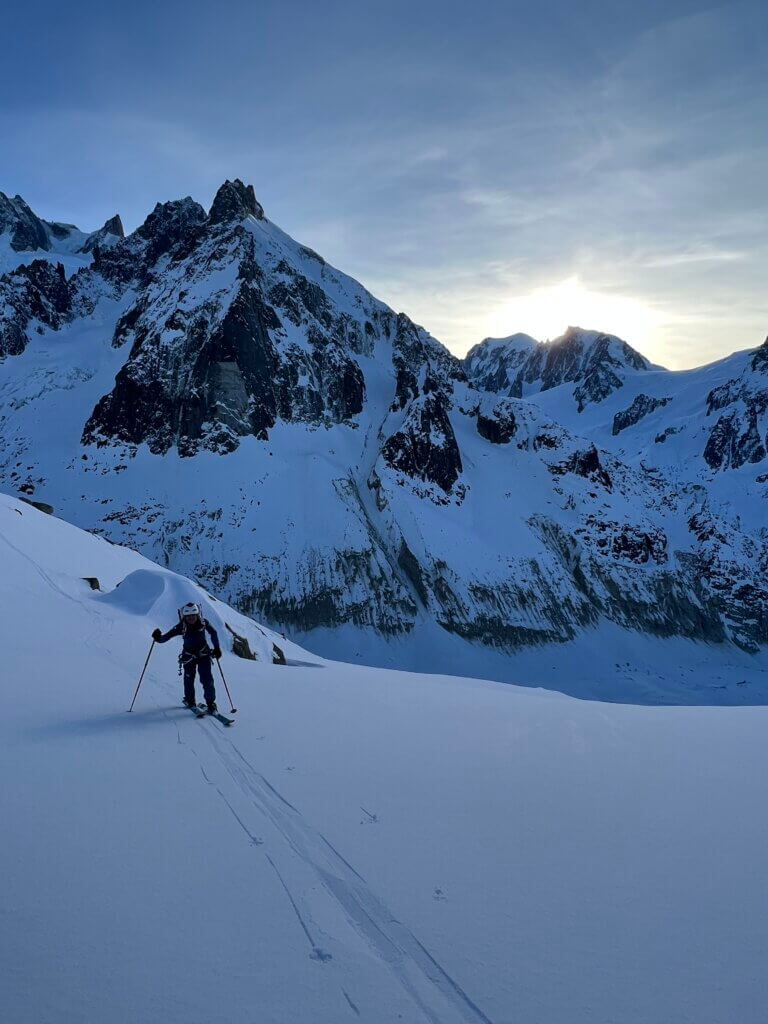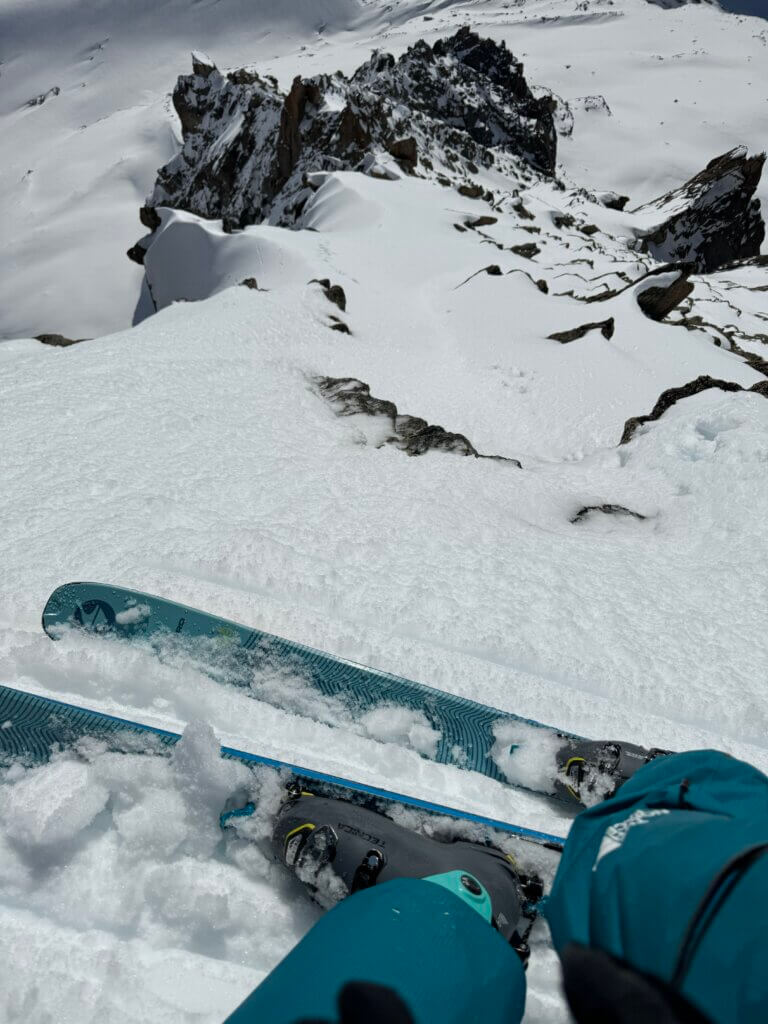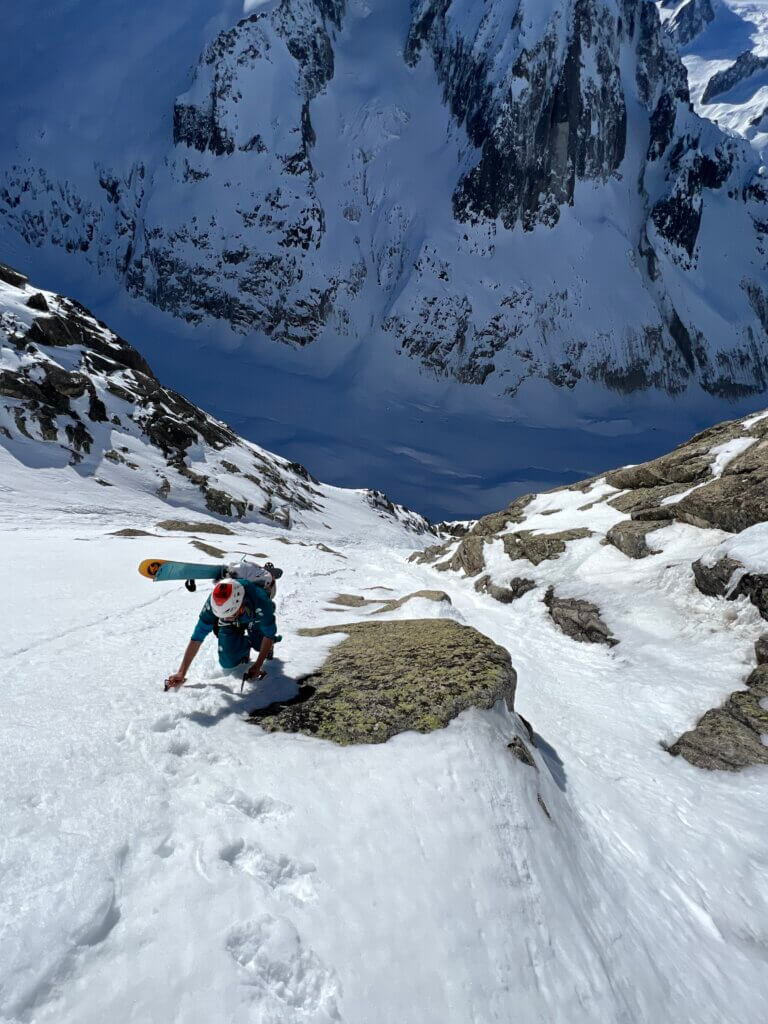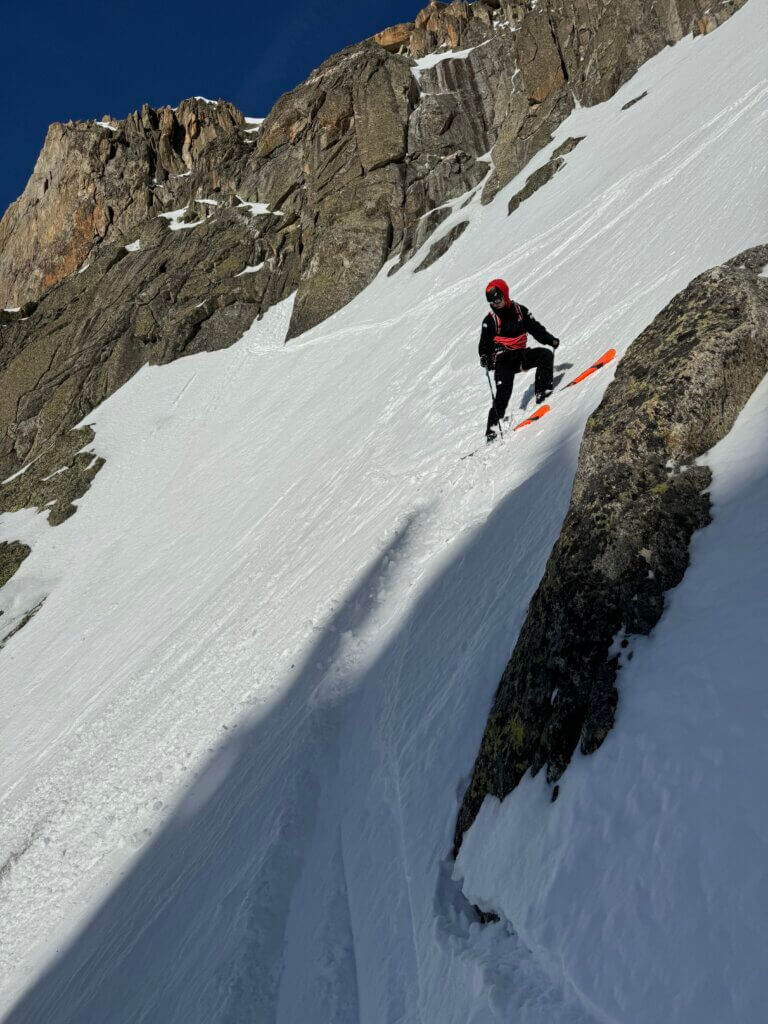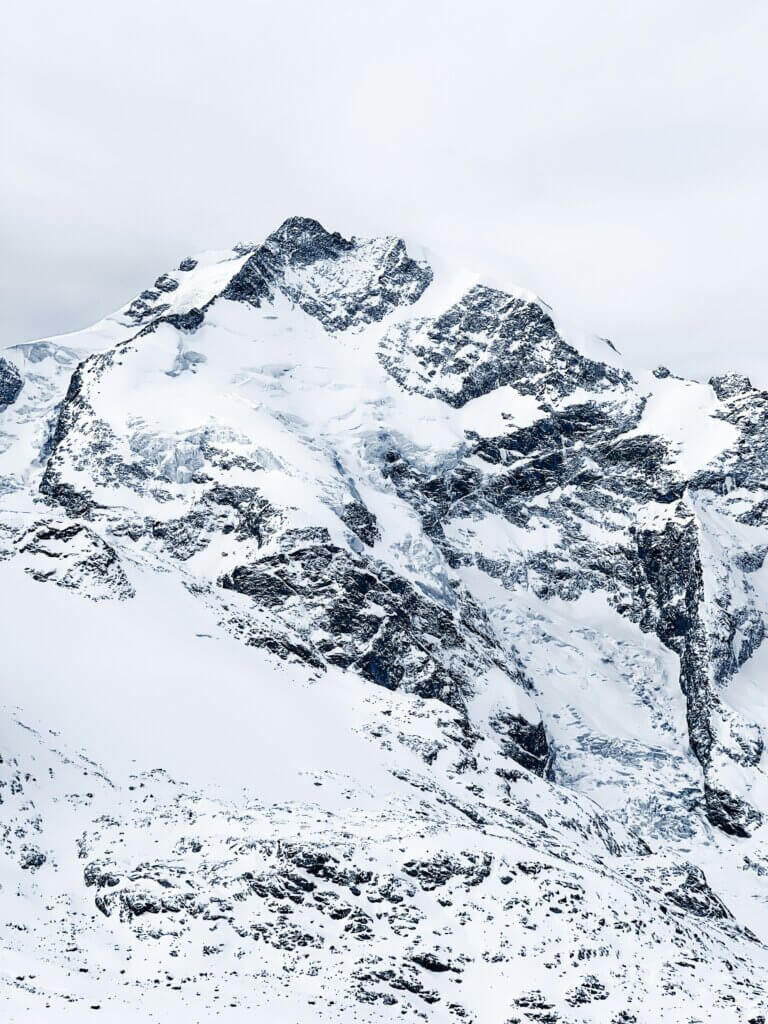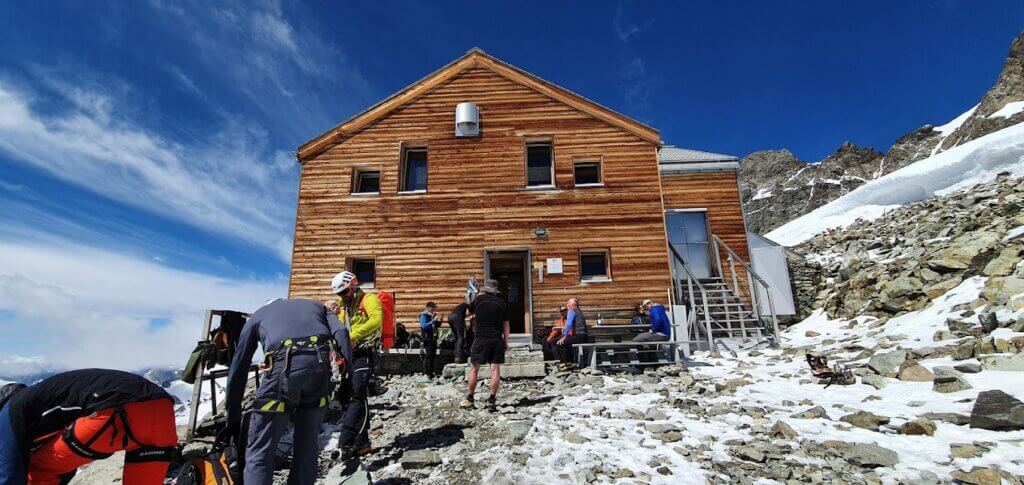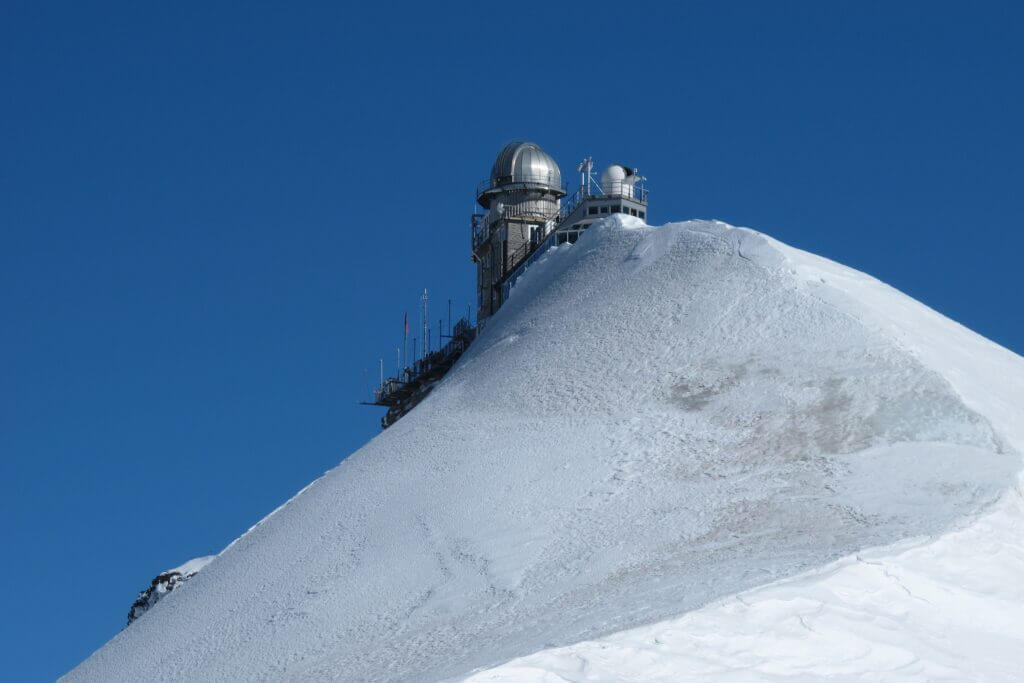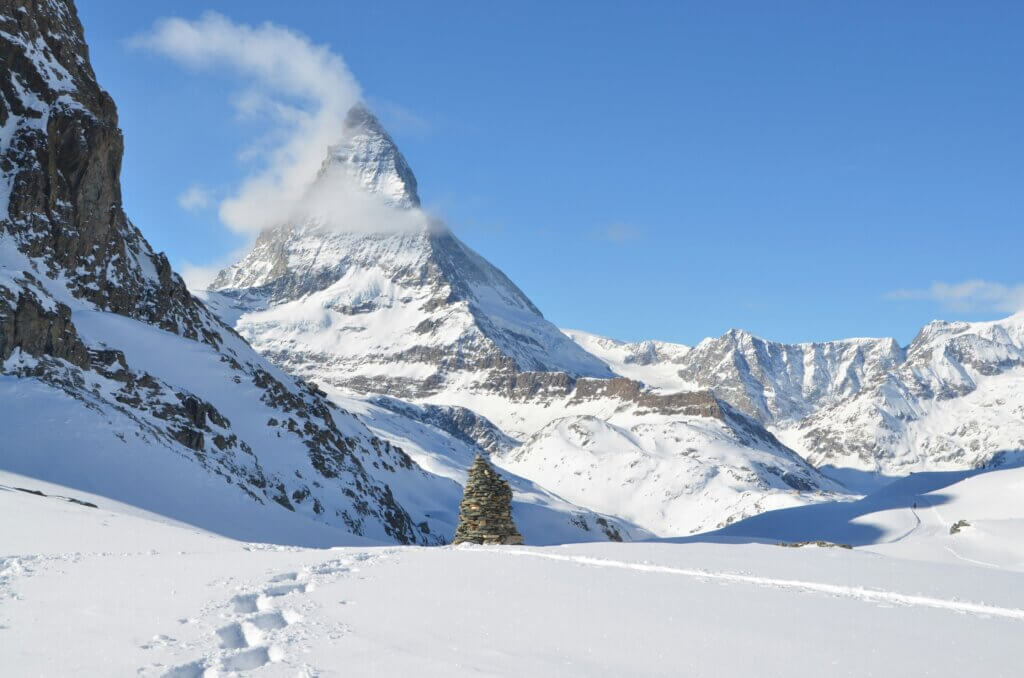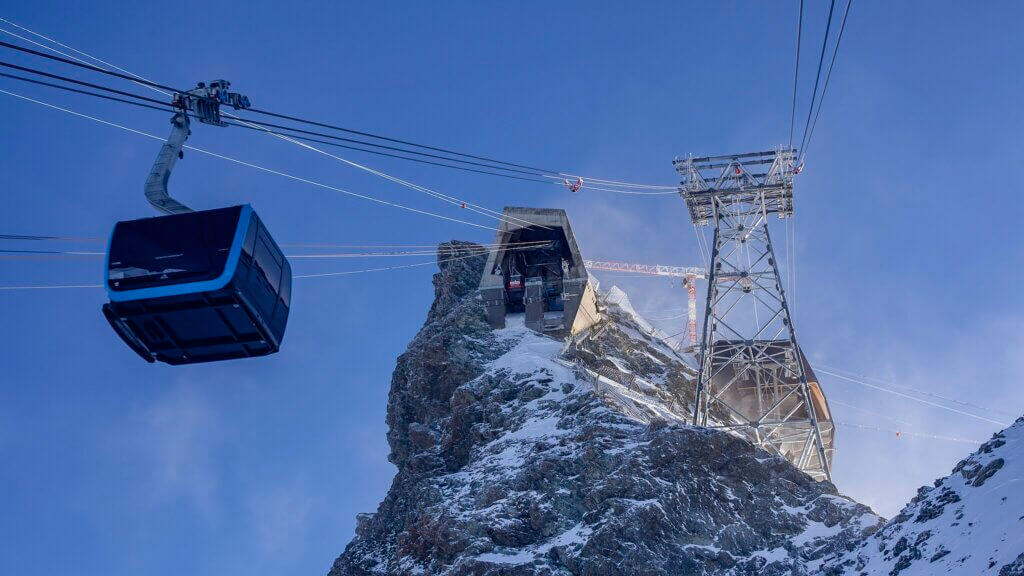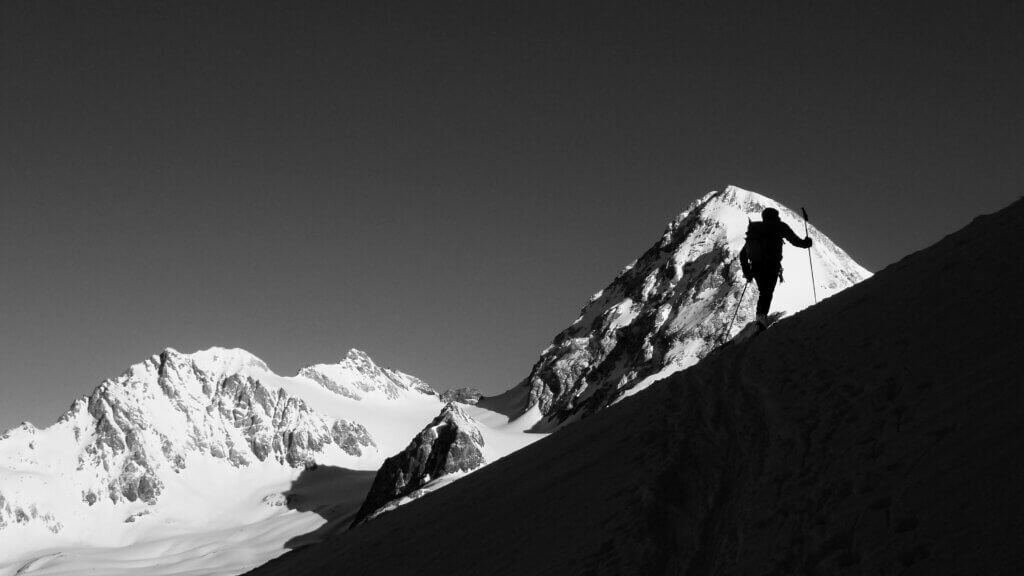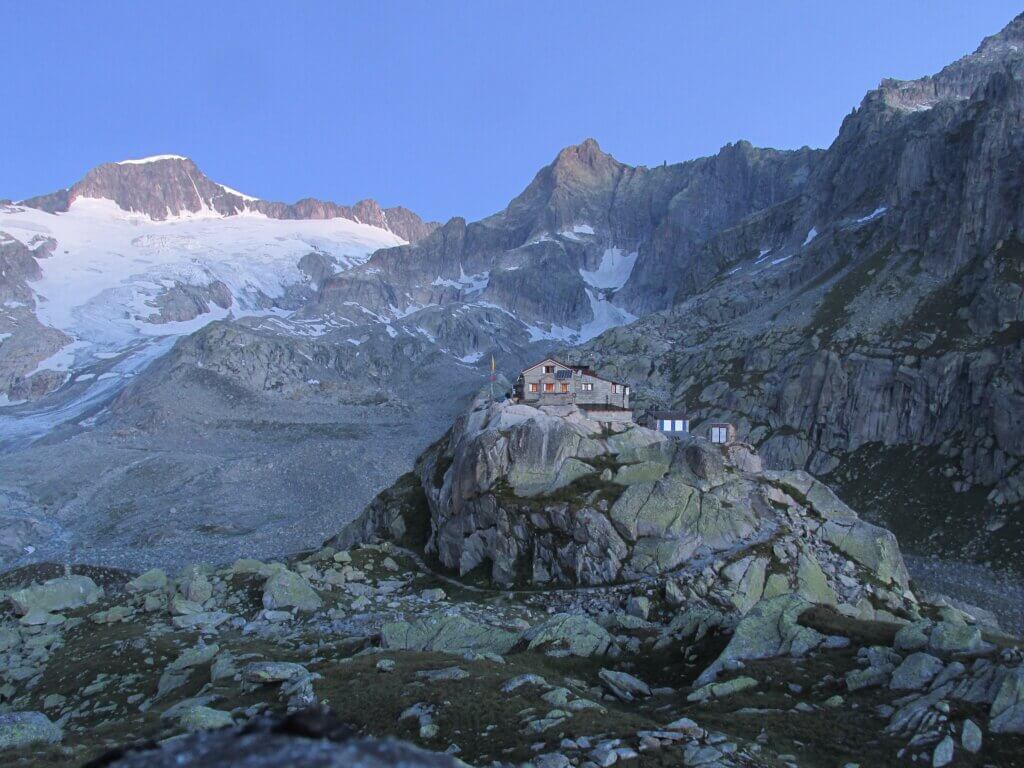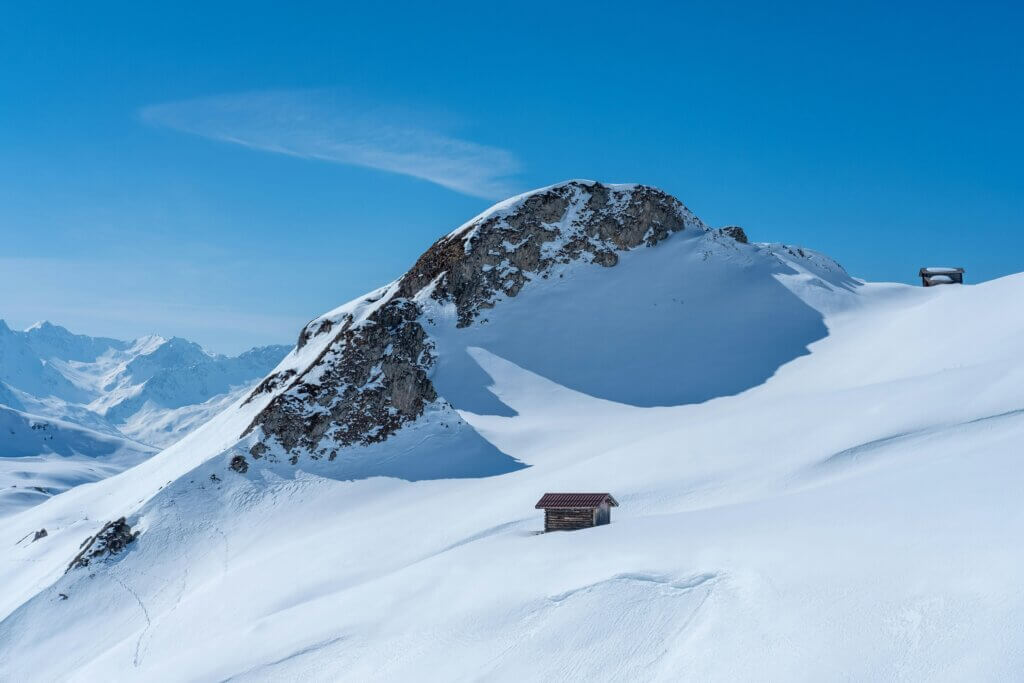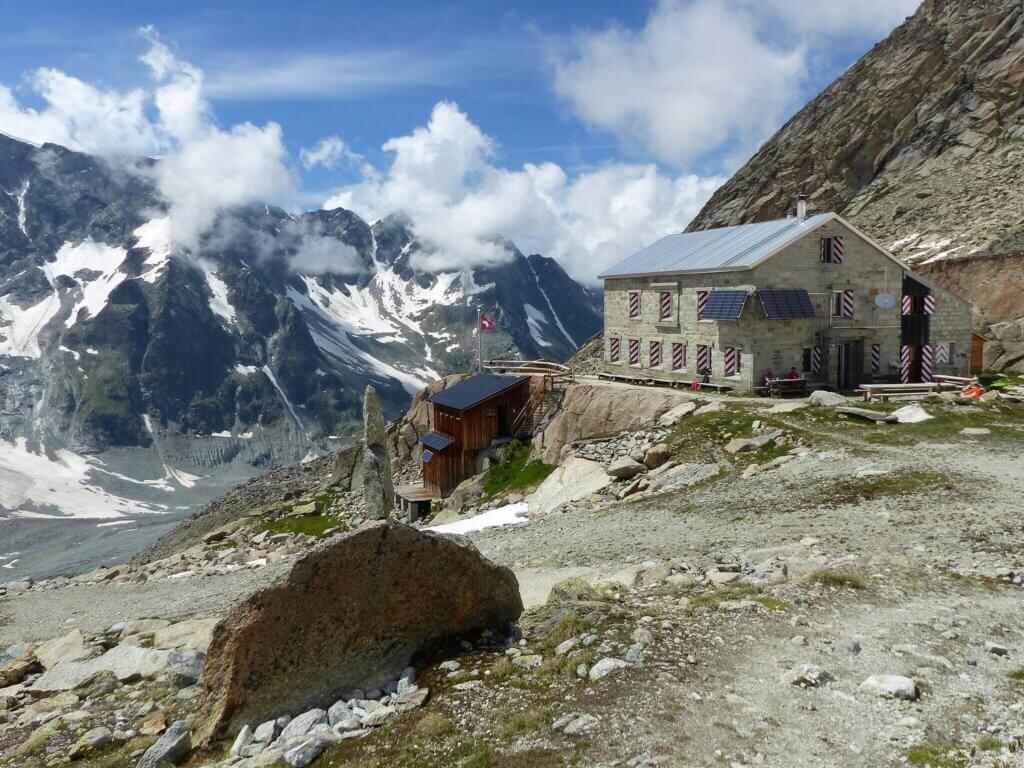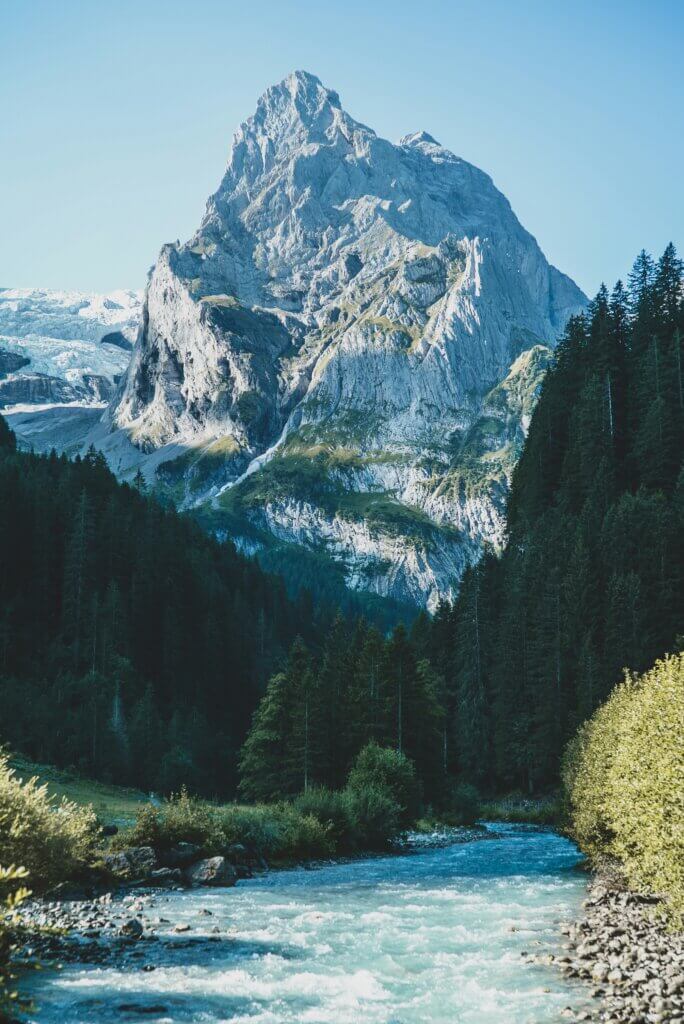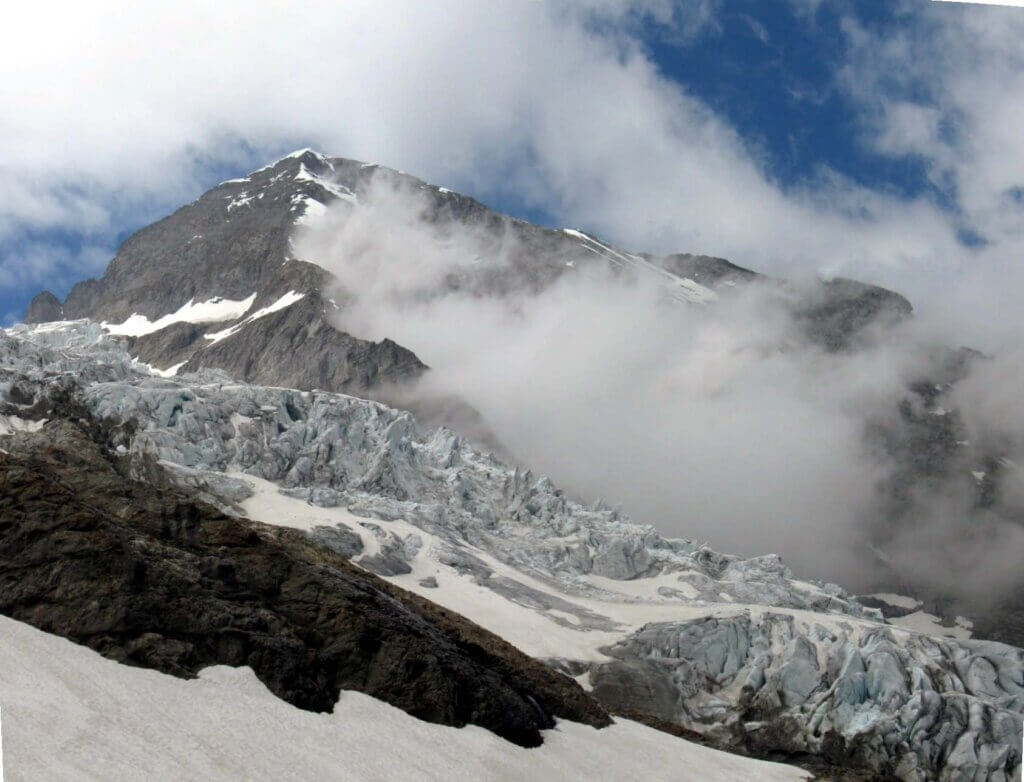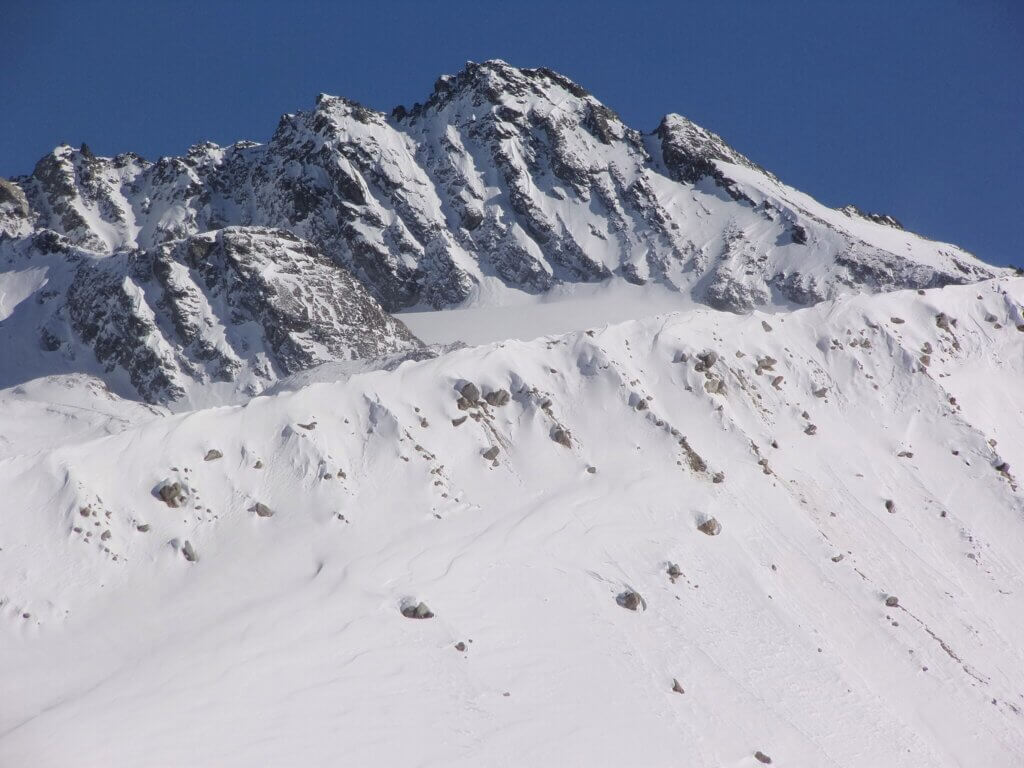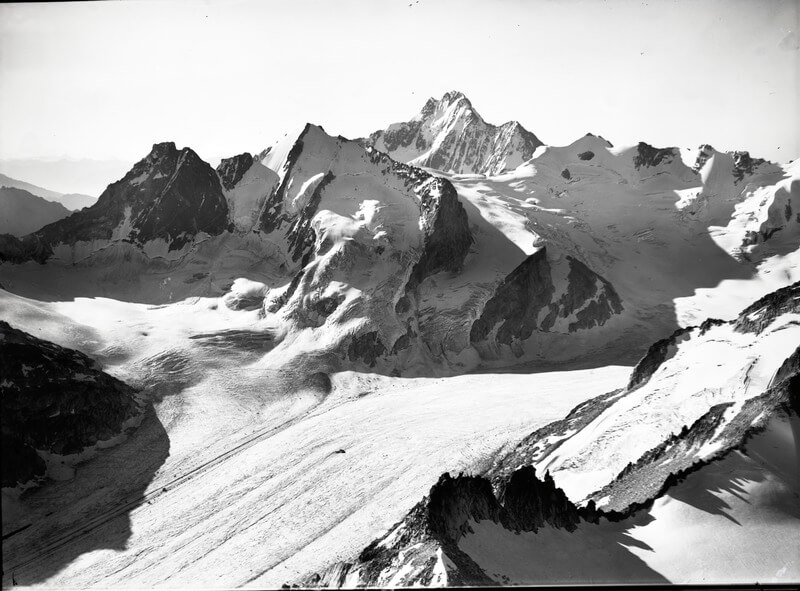This Thursday, the Freeride World Tour (FWT) by Peak Performance is set to make its thrilling debut in Georgia, marking a pivotal moment in this season’s competition. As the last event before “The Cut,” the stakes couldn’t be higher for the athletes involved. Set against the backdrop of the stunning Georgian Caucasus Mountains, the competition will unfold on the majestic slopes of Peak Kakhiani, promising an unforgettable spectacle of freeride skiing and snowboarding.
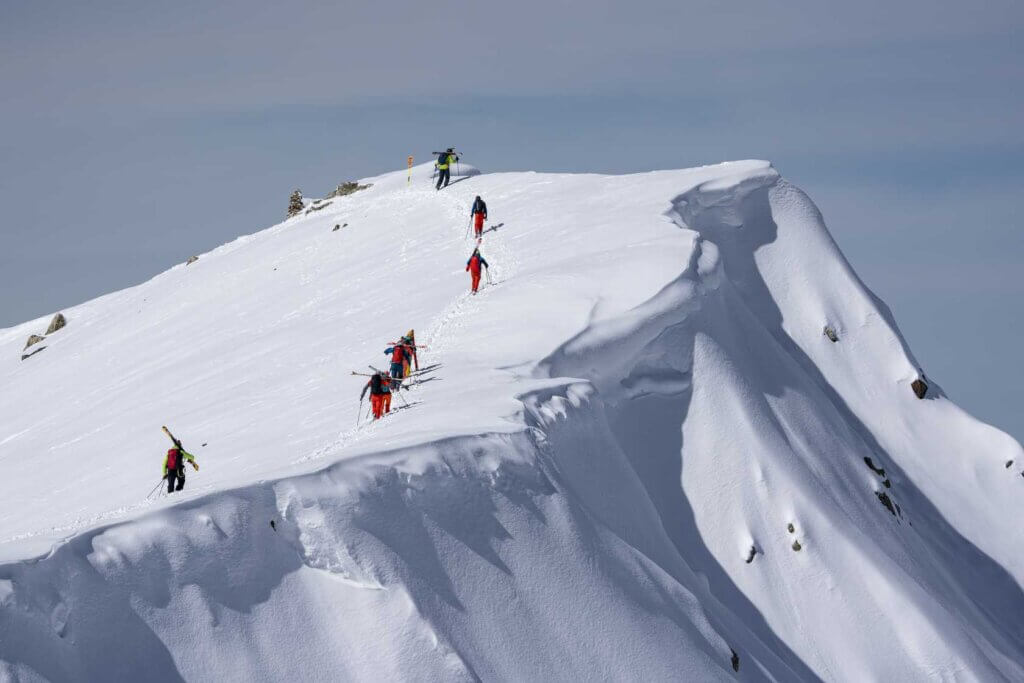
Mestia: The Heart of Georgian Freeriding
Nestled in the heart of the Svaneti region, Mestia is not just a town; it’s a gateway to the Georgian highlands’ raw beauty. With its ancient stone towers set against a panorama of rugged peaks, Mestia offers more than just breathtaking views; it’s a hub for adventurers seeking to explore the untouched snowscapes of the Caucasus. The upcoming FWT event on Peak Kakhiani, towering over Mestia, is set to showcase this unique terrain. The chosen slope, with its steep gradients and challenging features, is an ideal battleground for the world’s elite freeriders.
Athletes to Watch
The competition is heating up, with leaders in both skiing and snowboarding categories ready to defend their positions. Victor de Le Rue, a master of snowboarding with an impressive track record, heads into the event with confidence and style. Anna Martinez, another snowboarding sensation, has been dominating the women’s category with her fearless runs and innovative tricks. On the skiing front, Manon Loschi has been turning heads with her remarkable technique and agility, making her a favourite in the women’s ski category. Max Hitzig, known for his powerful skiing and strategic line choices, leads the men’s ski category, setting the bar high for his competitors.
The Cut: A Defining Moment
As the last opportunity to secure a spot in the FWT Finals, “The Cut” looms large over the athletes. It’s a moment of truth, especially for those on the brink of relegation, including former champions facing the pressure to reclaim their glory. This dynamic adds an intense layer of drama and anticipation to the event, as every rider aims to showcase their best under Georgia’s bluebird skies.
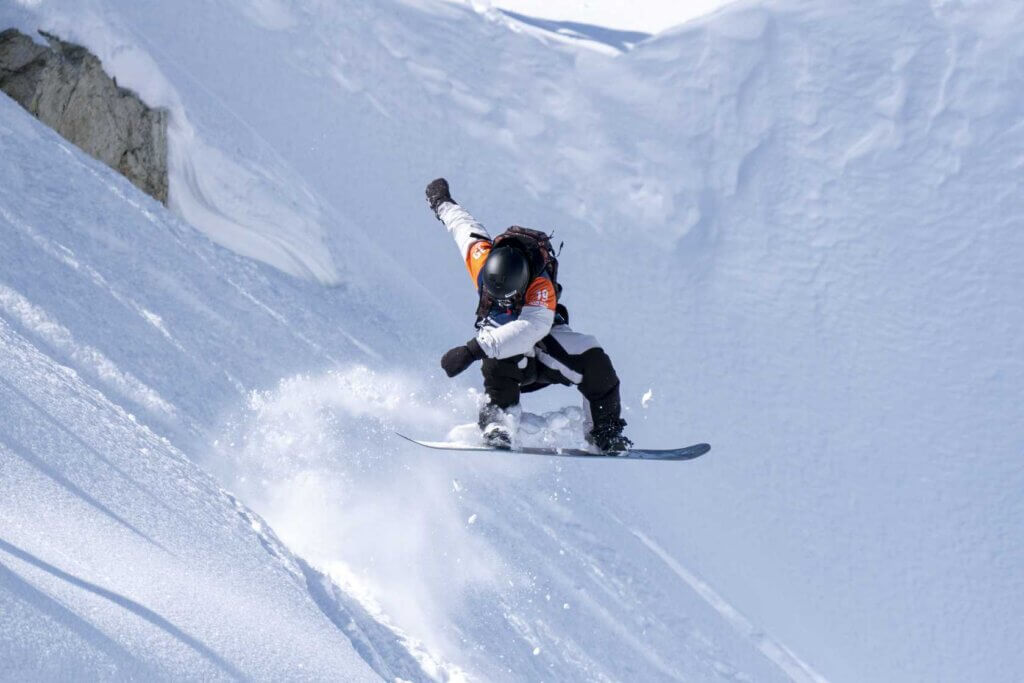
How to Catch the Action
With conditions set to be perfect and the competition fiercer than ever, this event is a must-watch for freeride enthusiasts. Live coverage begins at 11:45 AM GET, with the first rider dropping into the pristine Georgian powder at noon. Whether you’re lucky enough to witness it in person or tuning in online, the FWT has ensured that every moment of adrenaline-fueled action will be broadcast live, complete with replay options to relive the most jaw-dropping moments.

